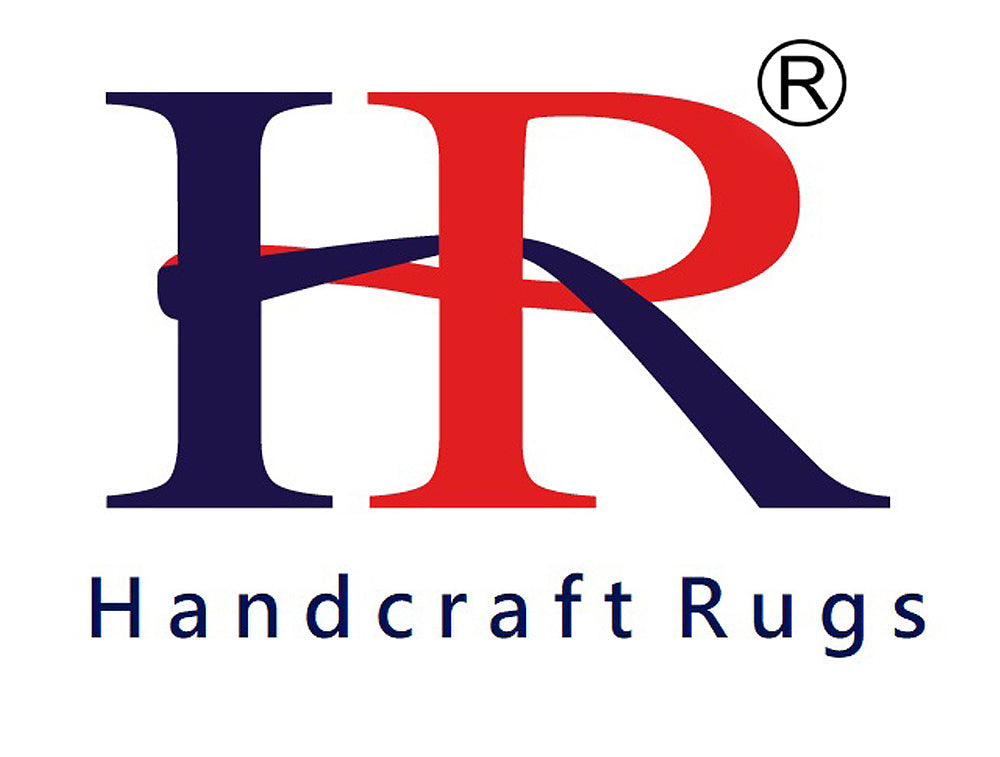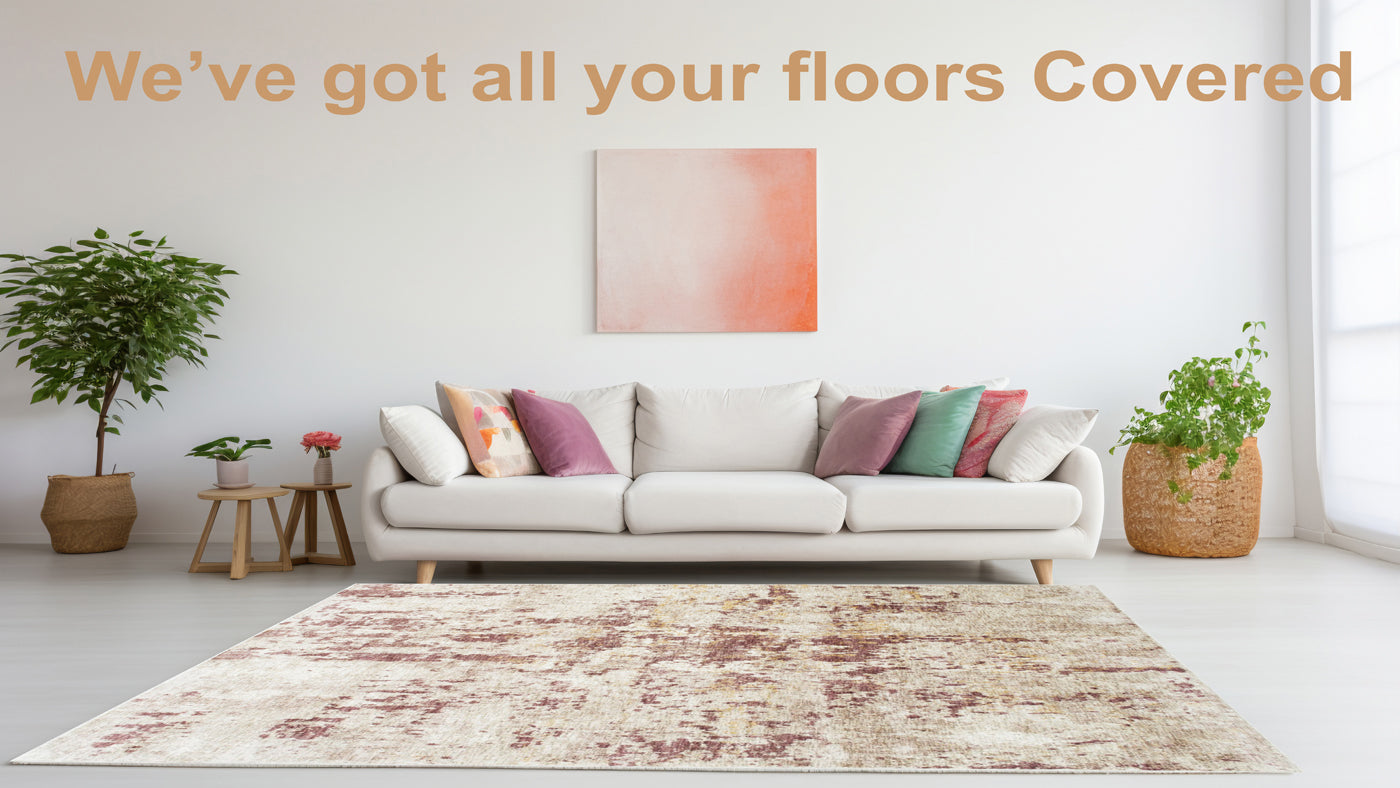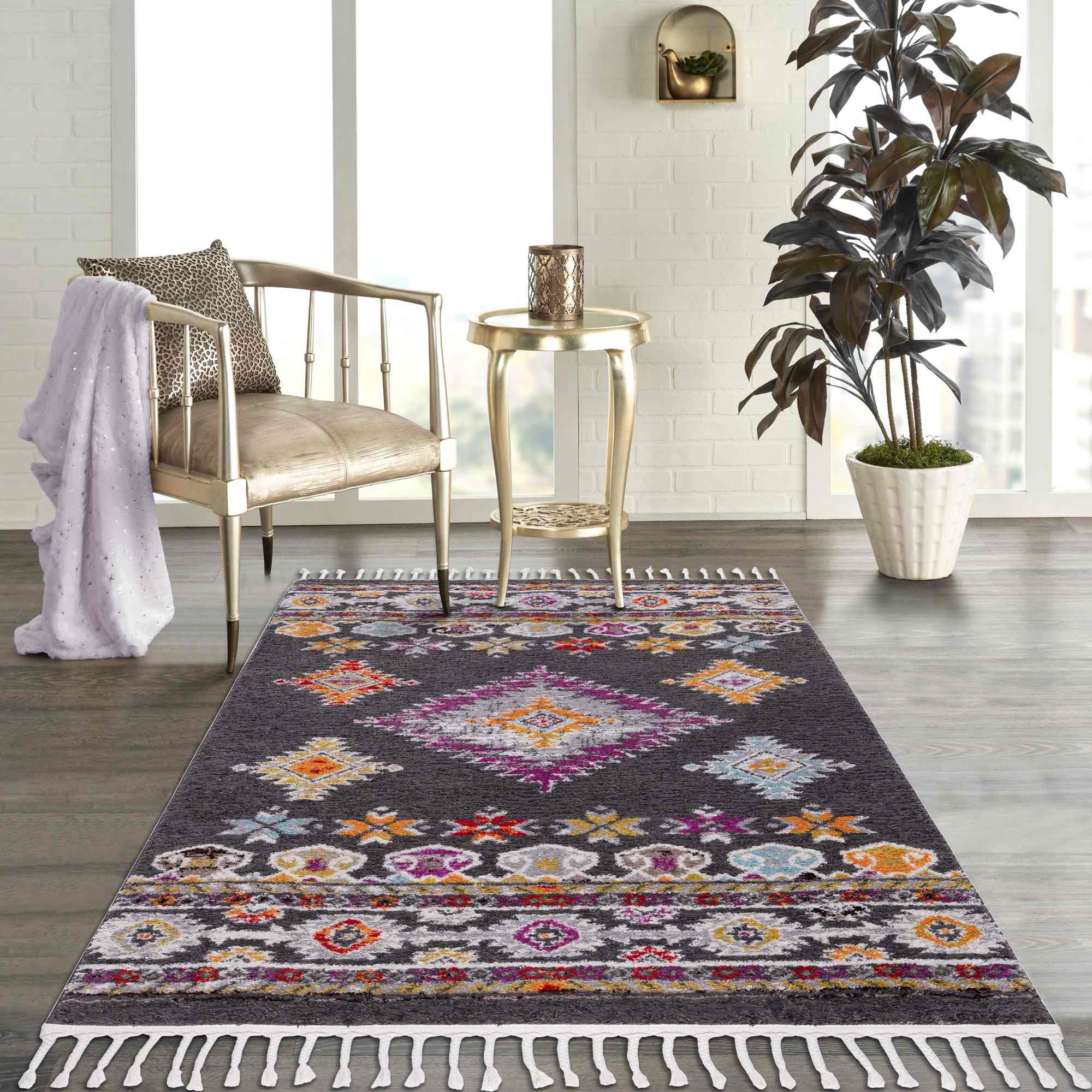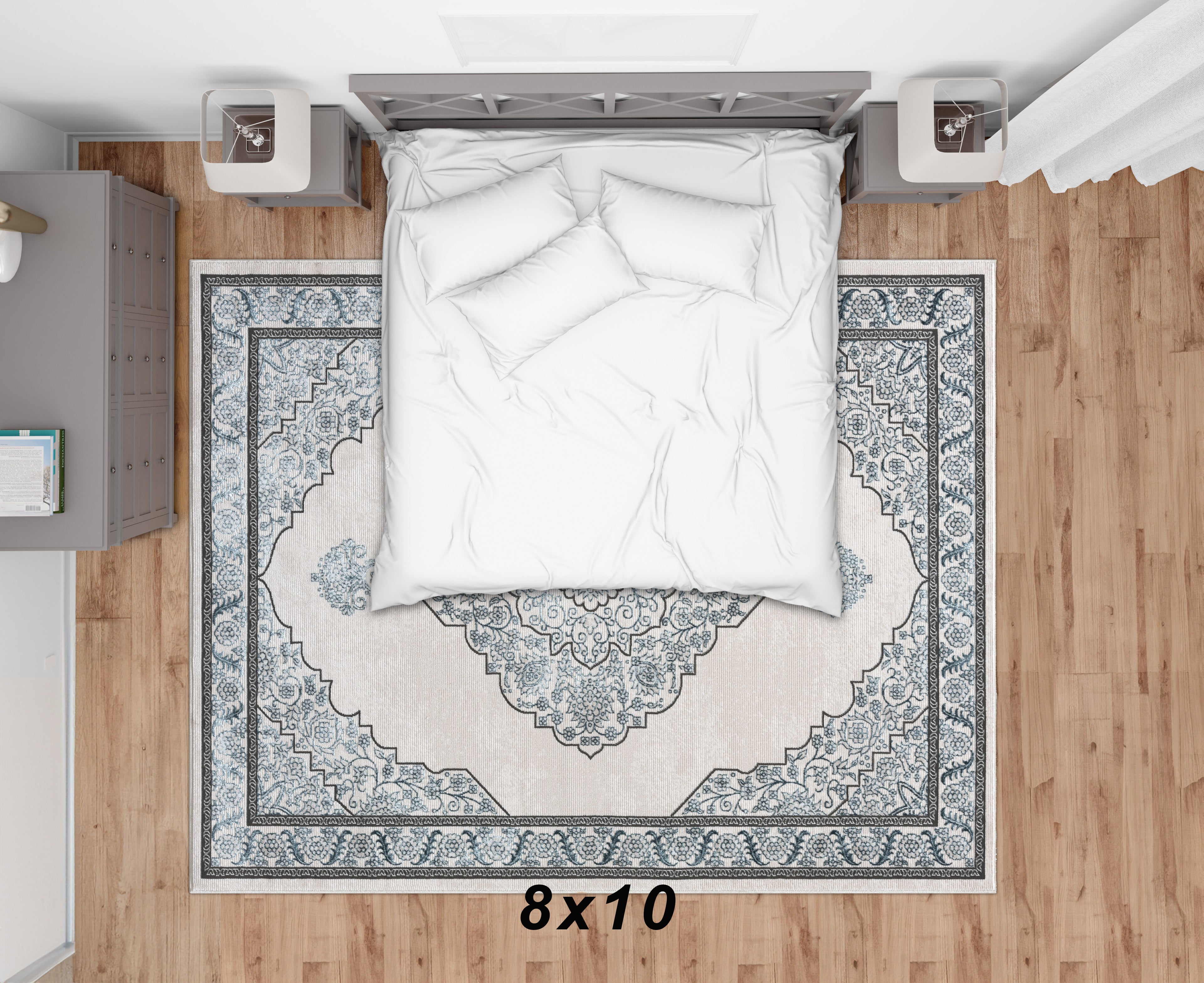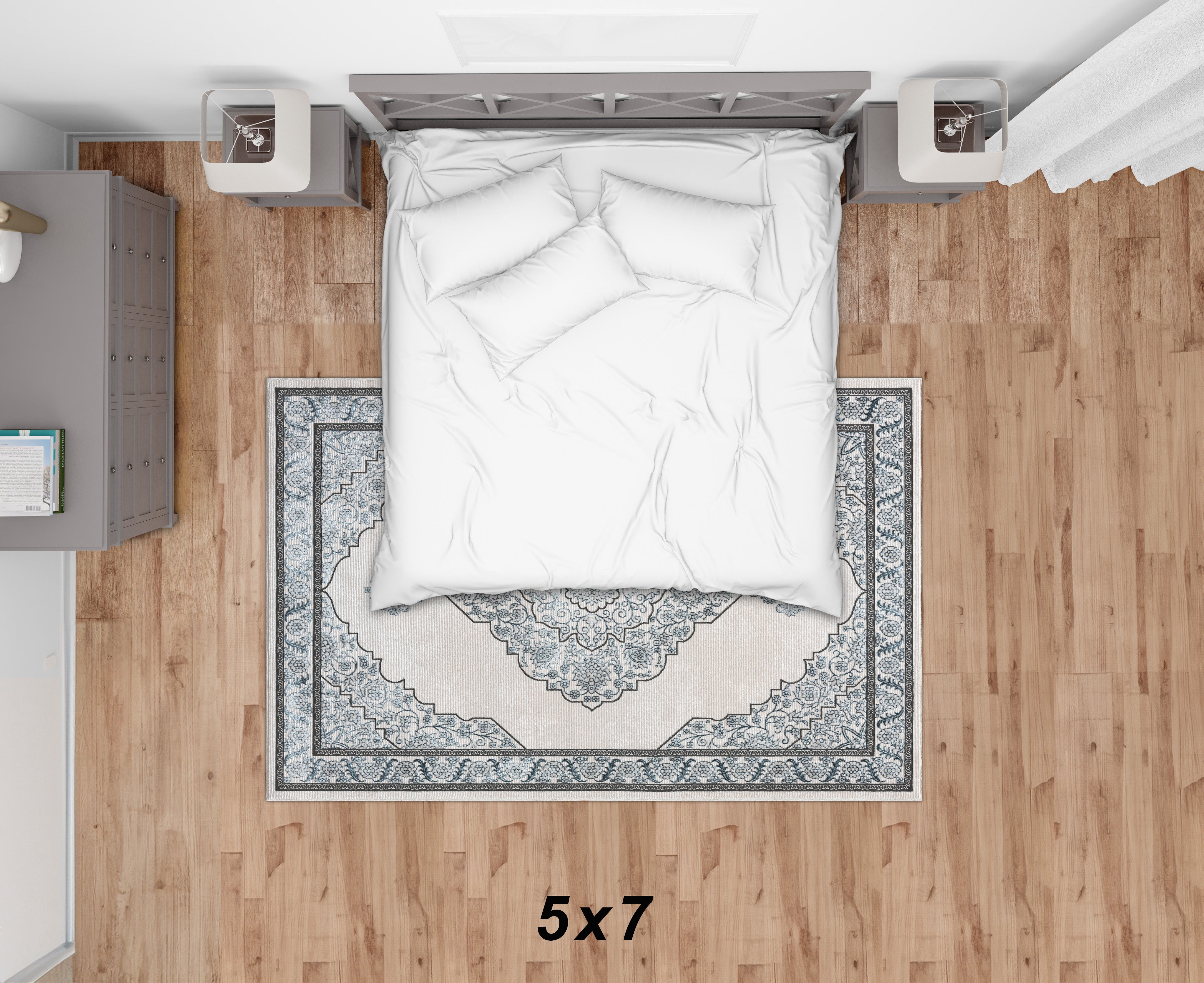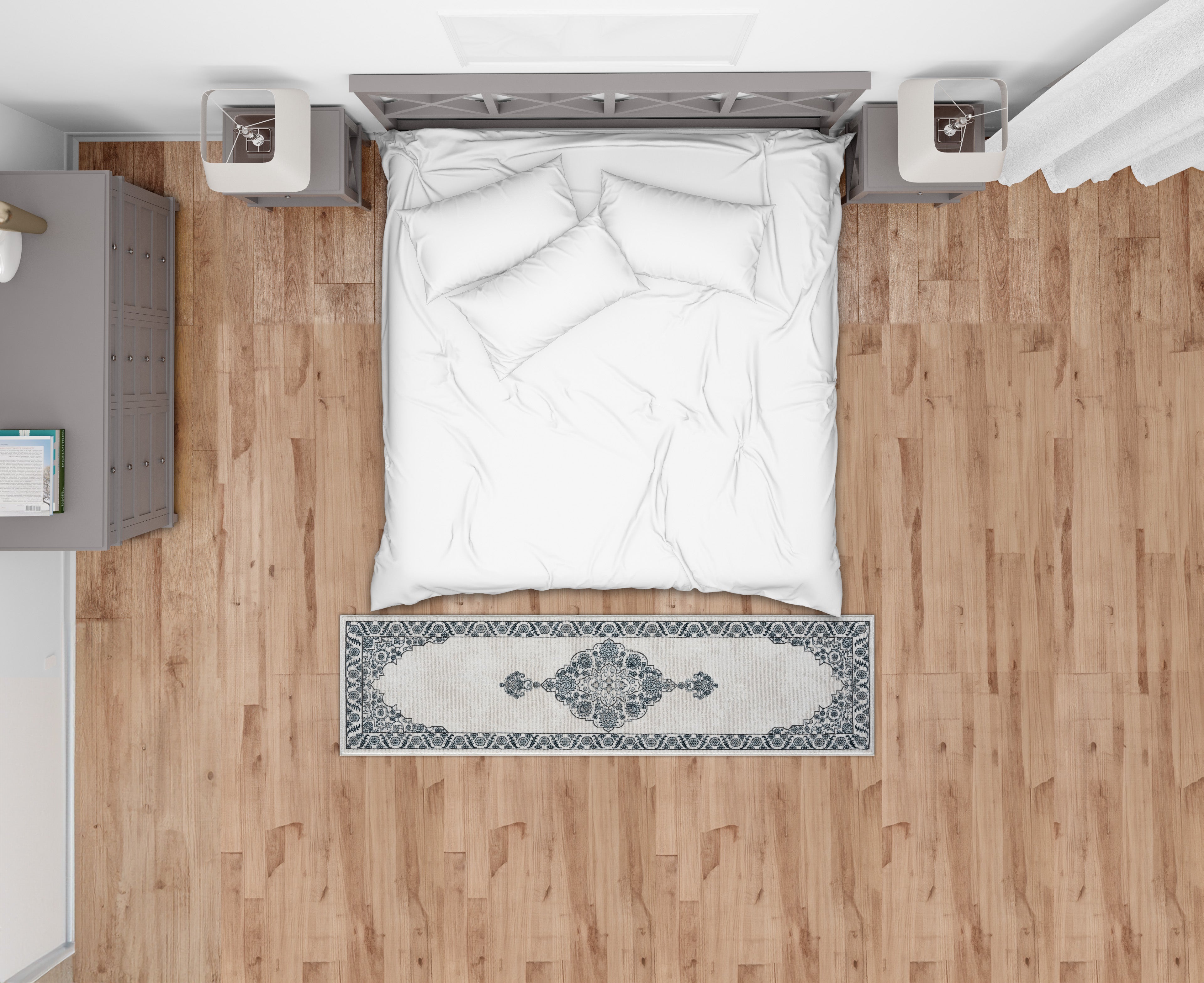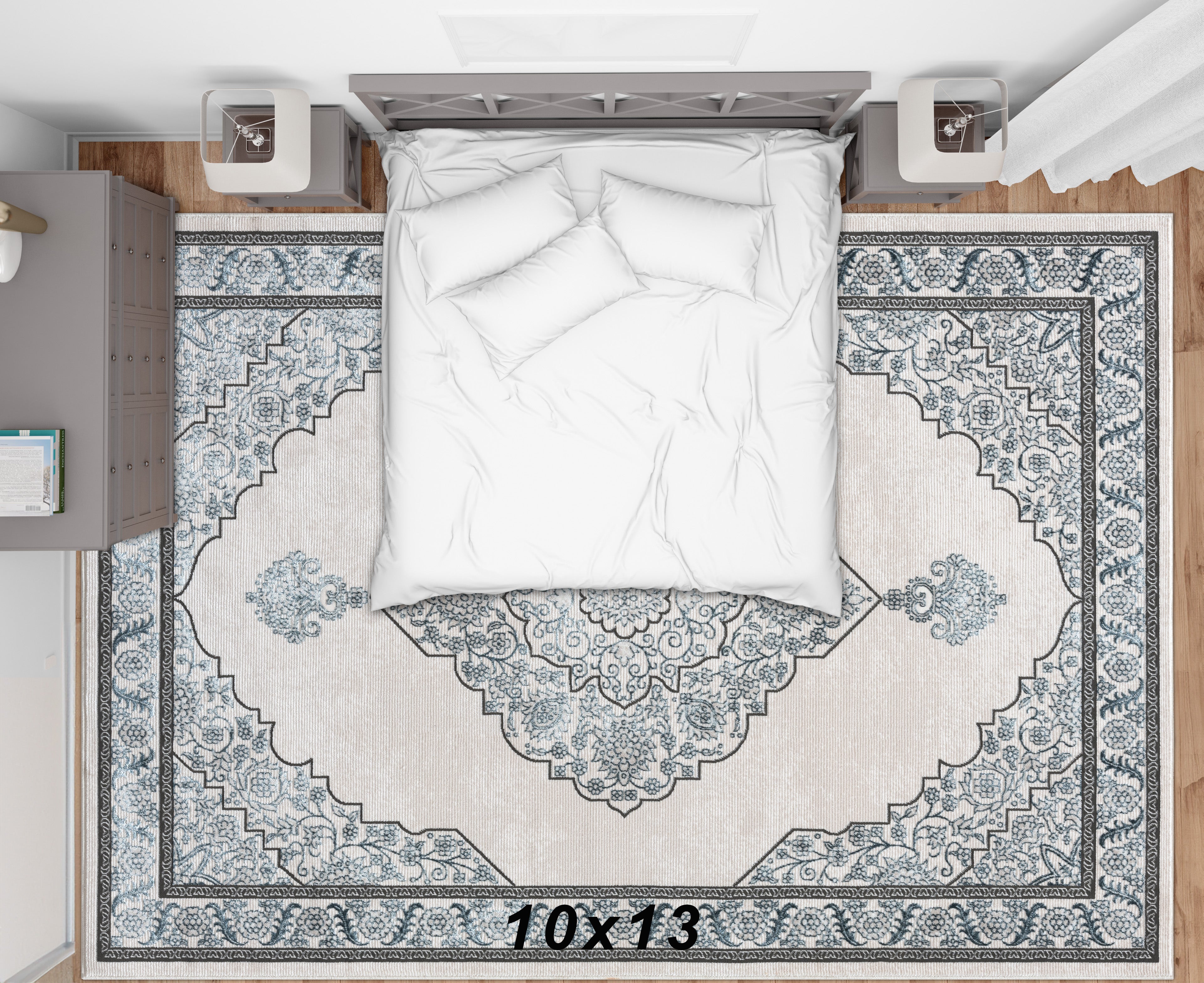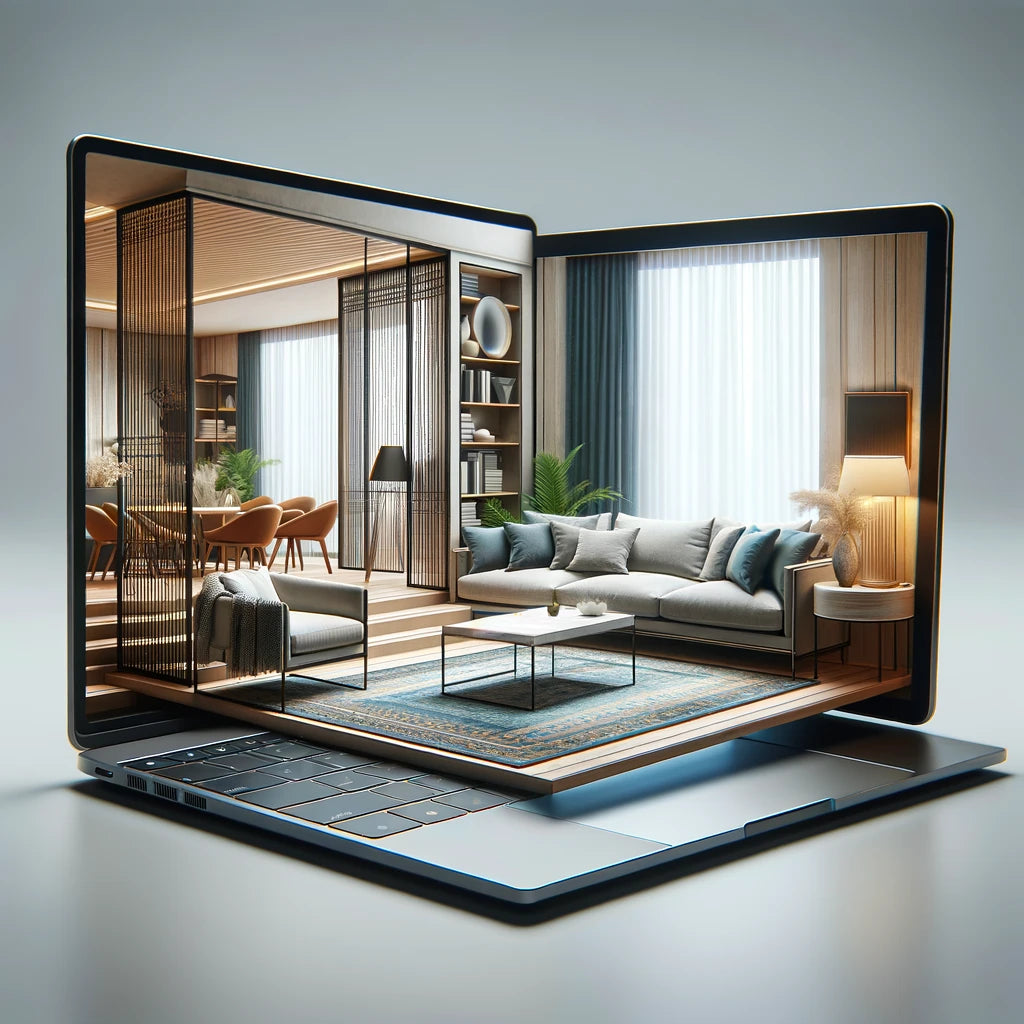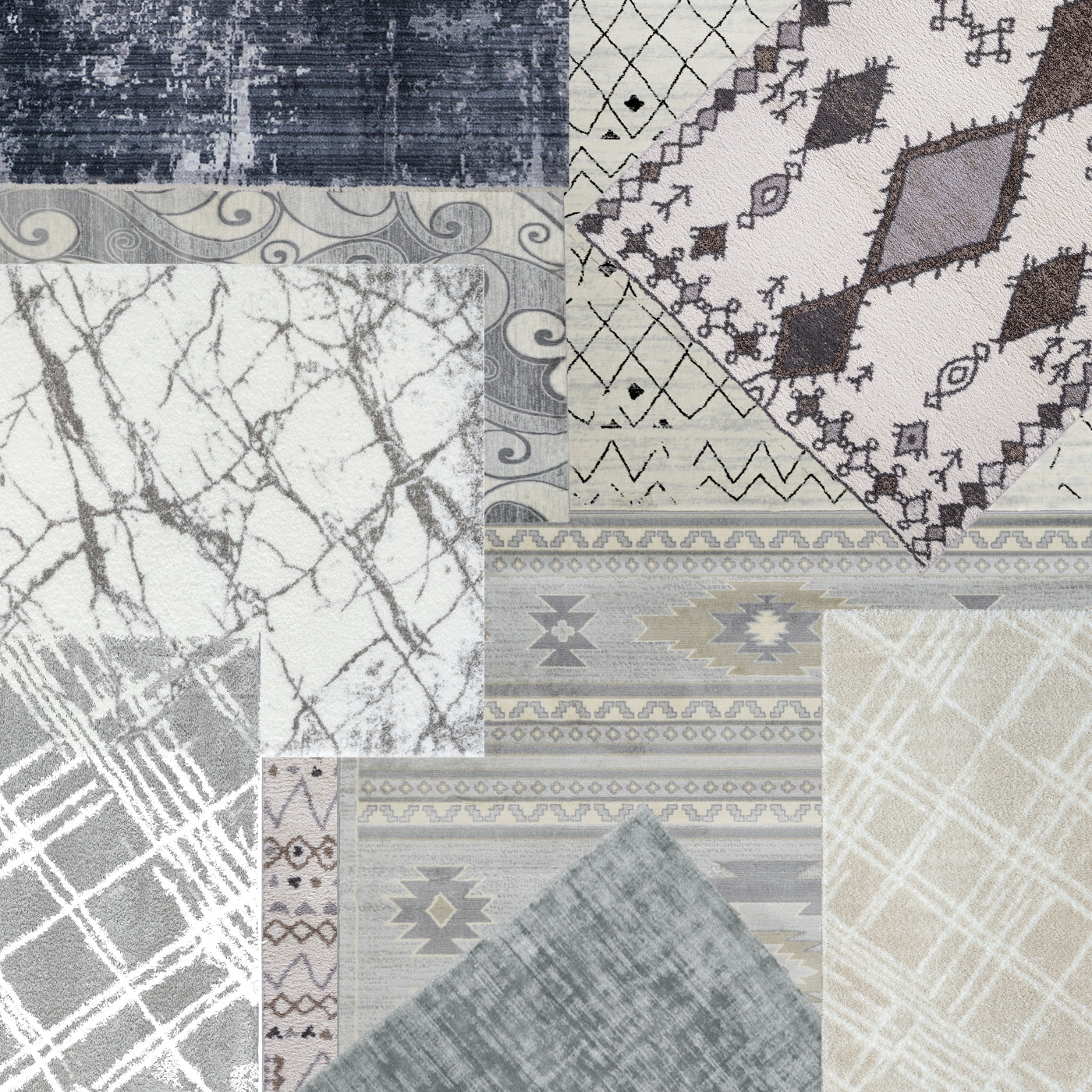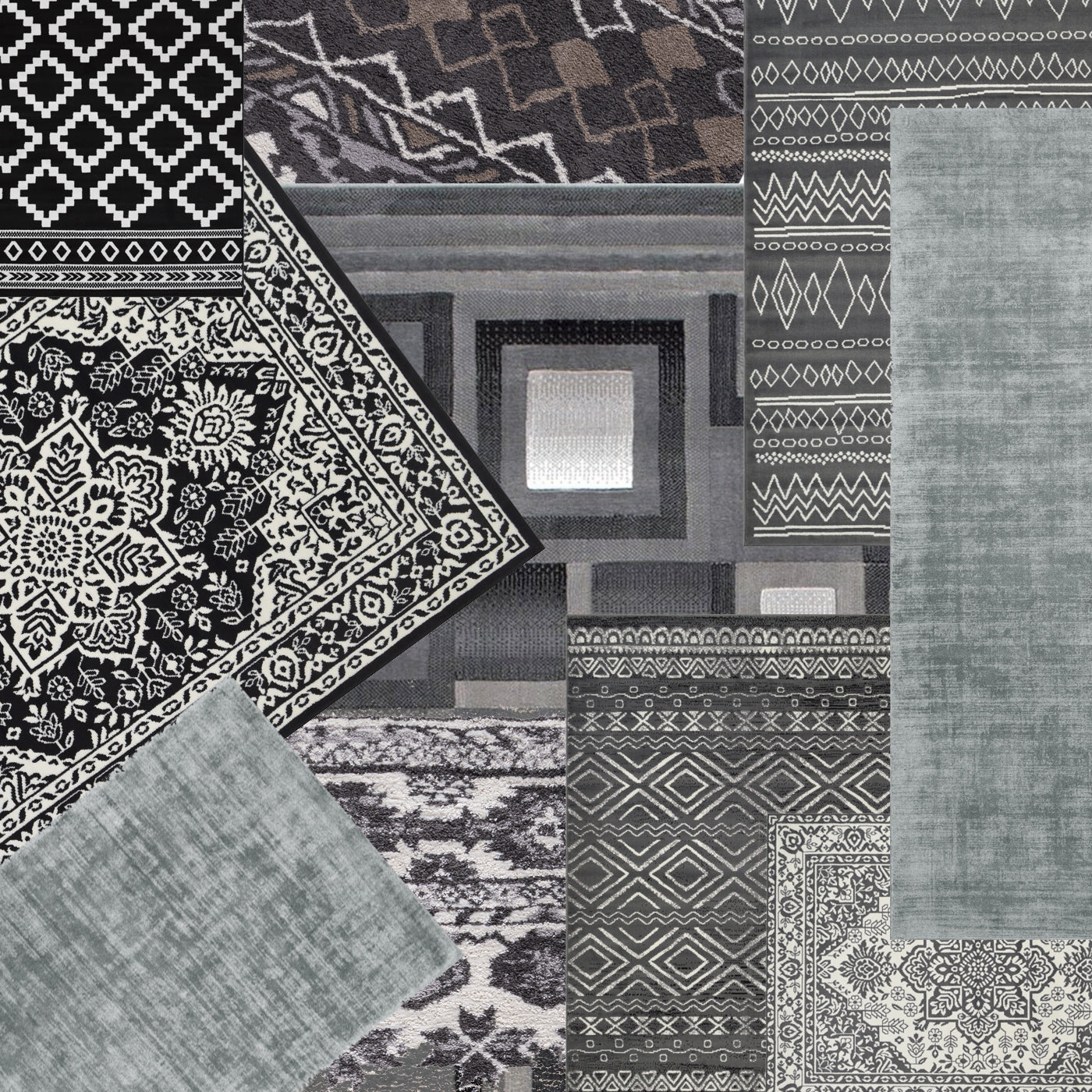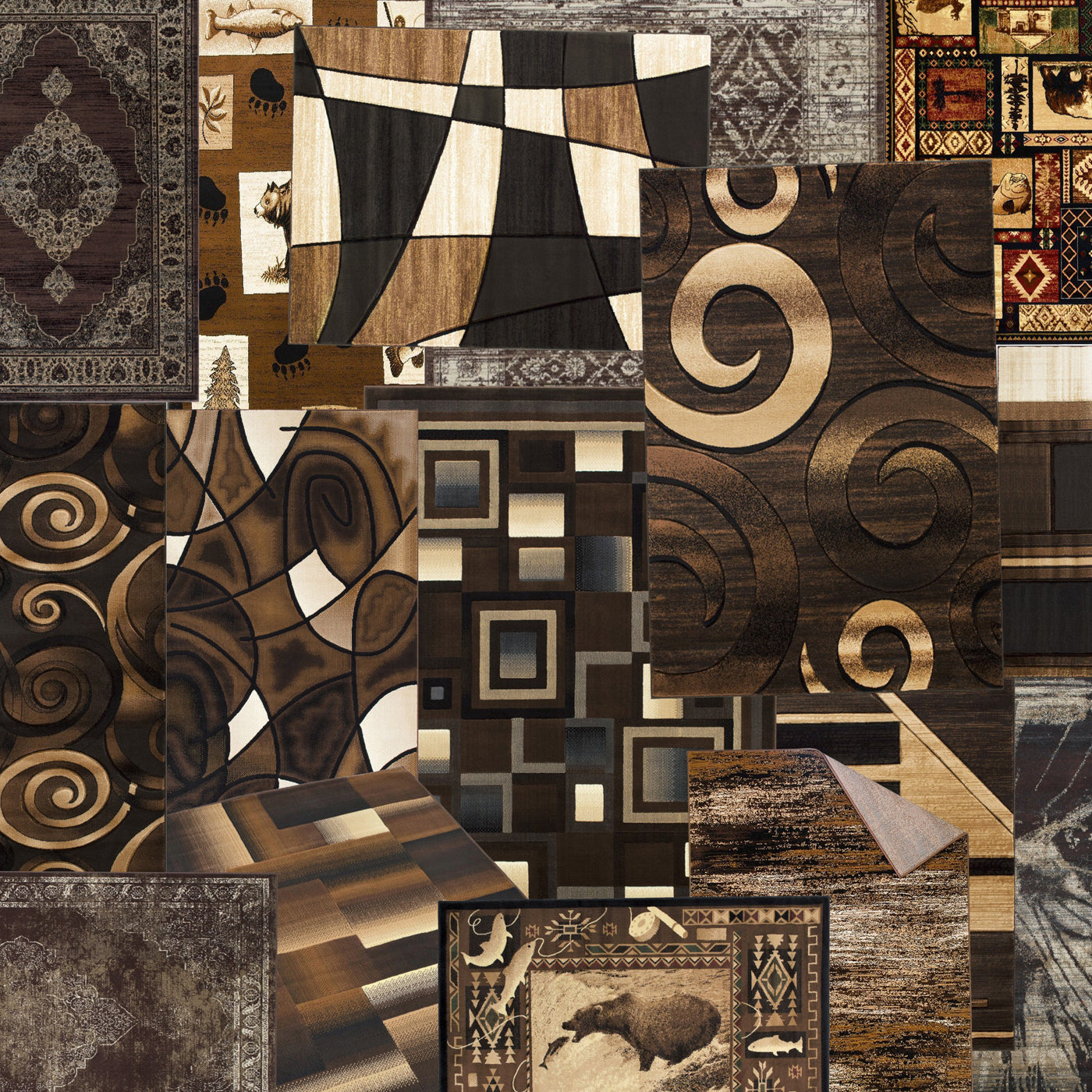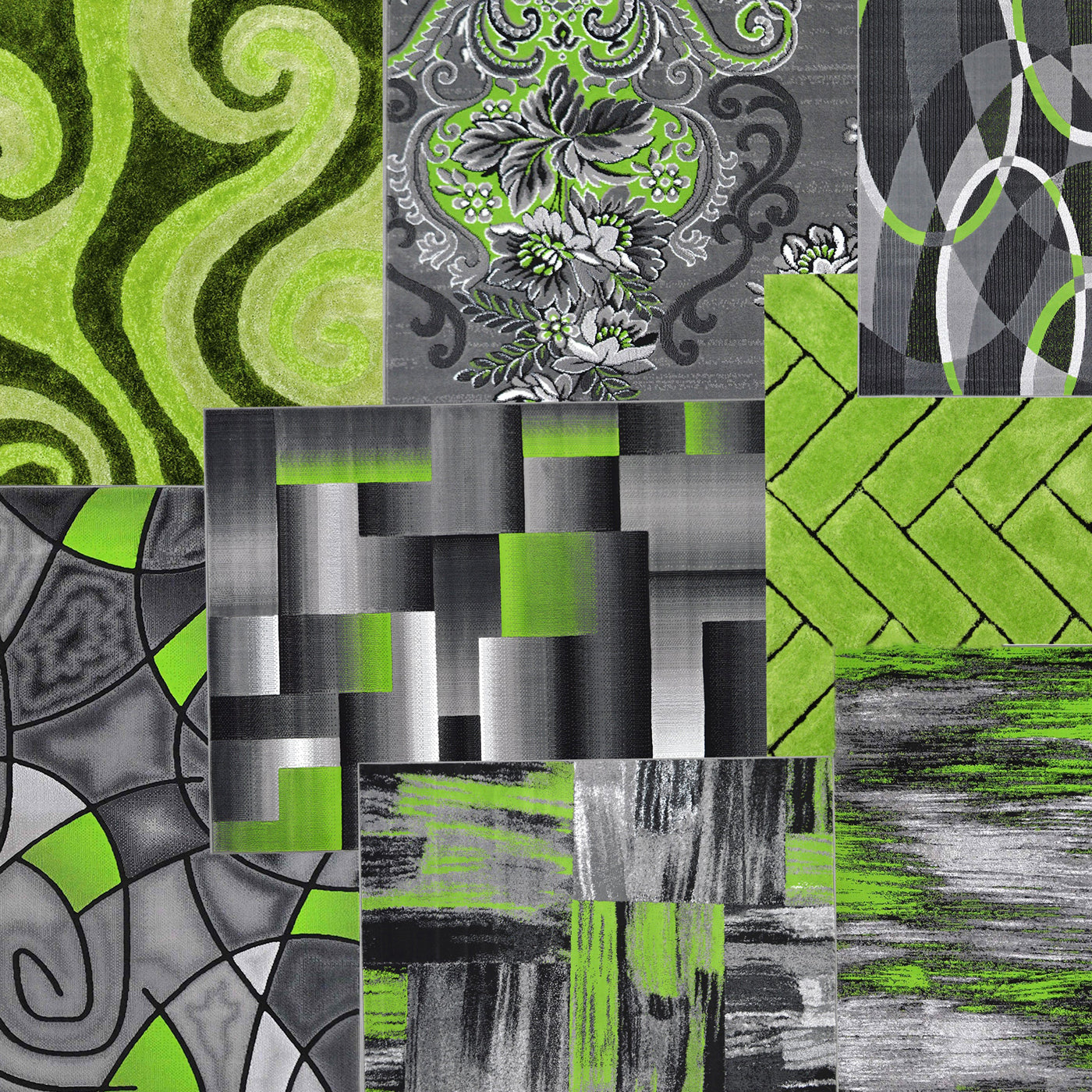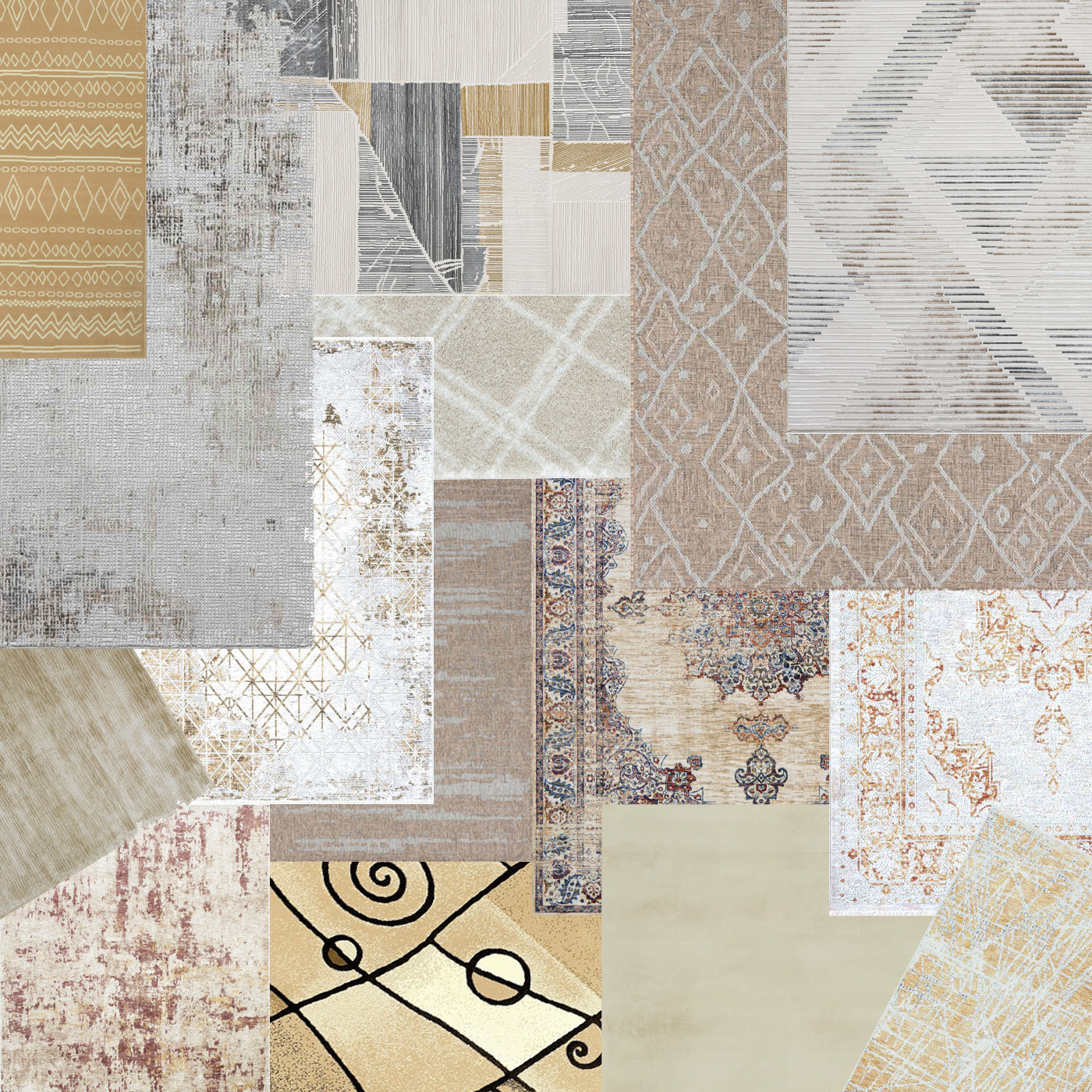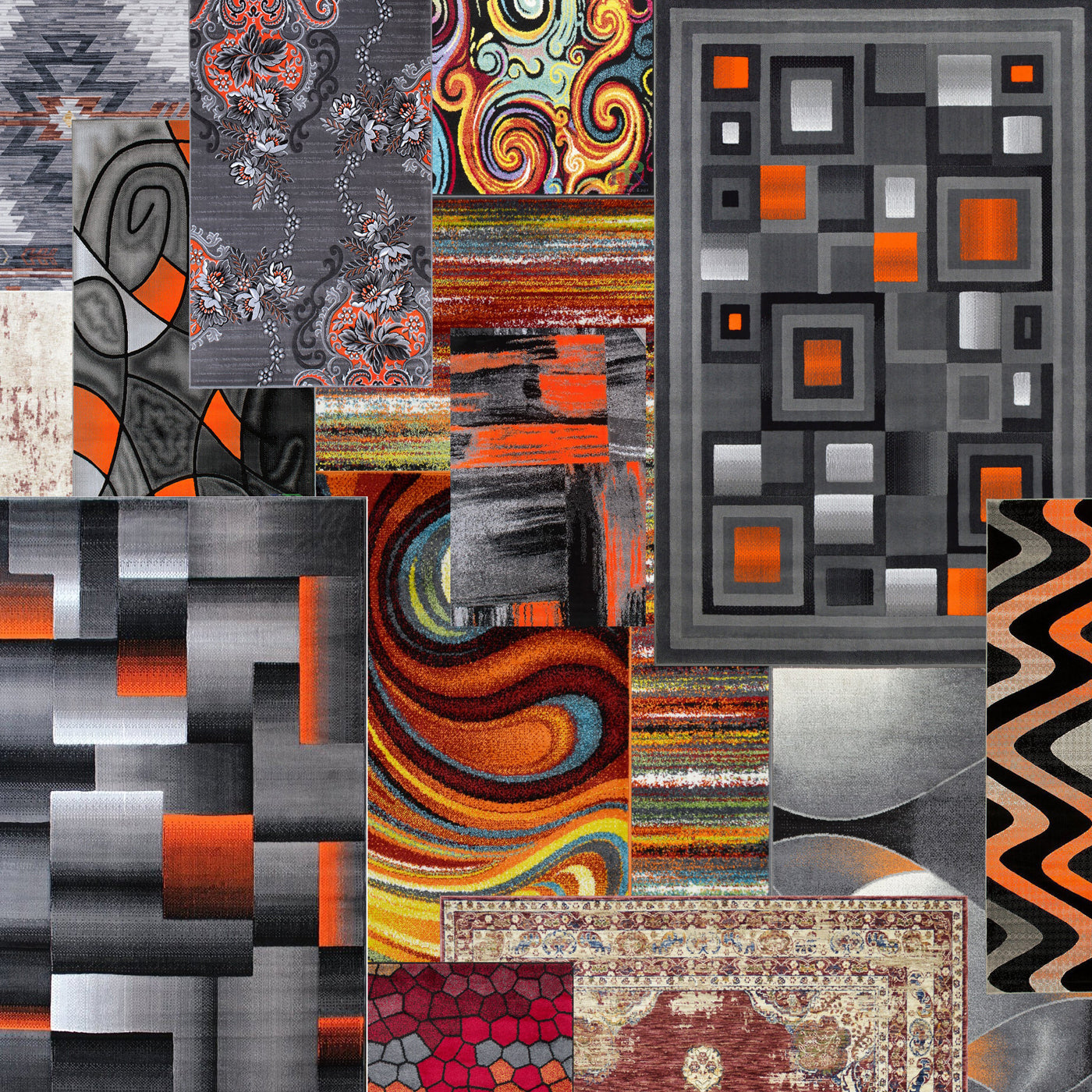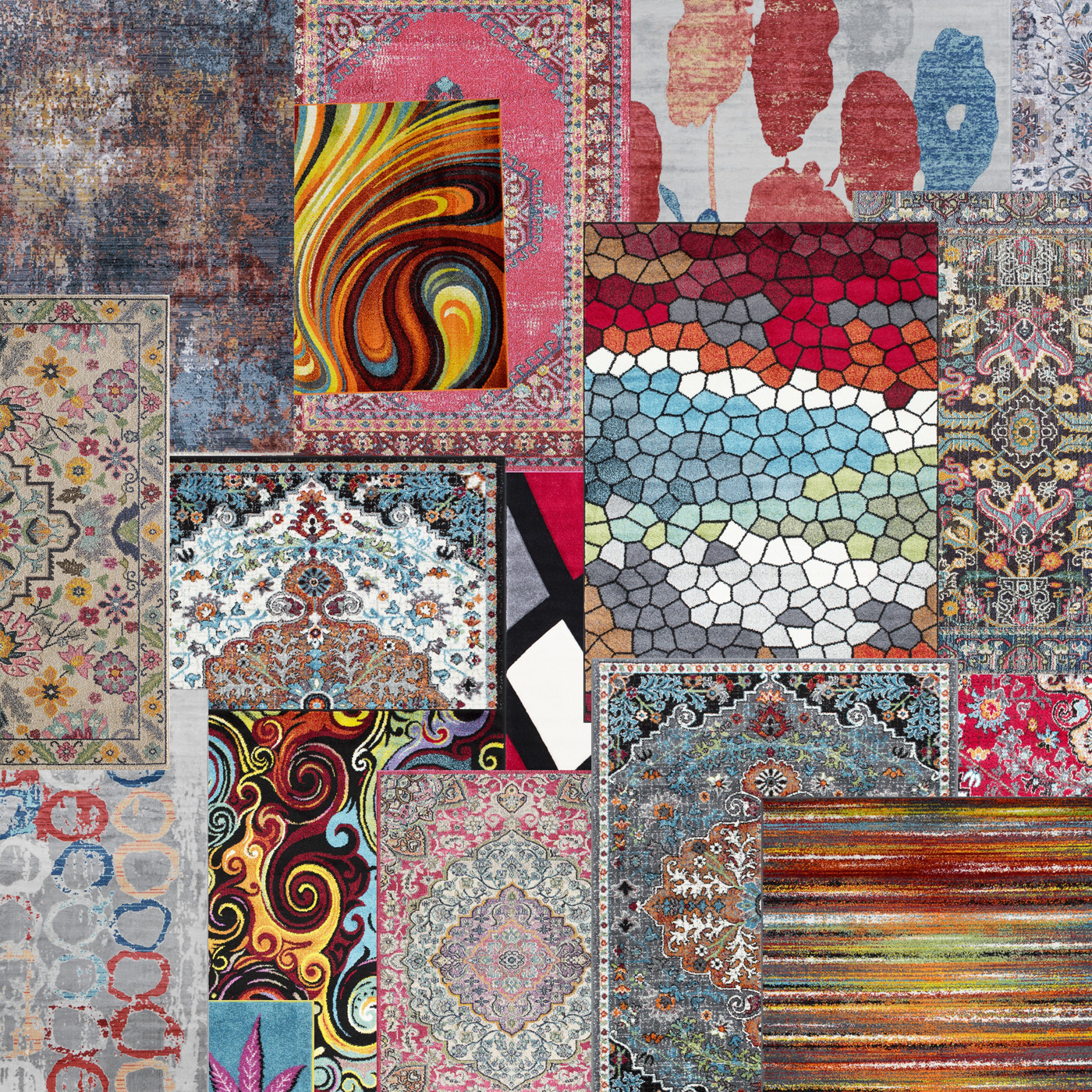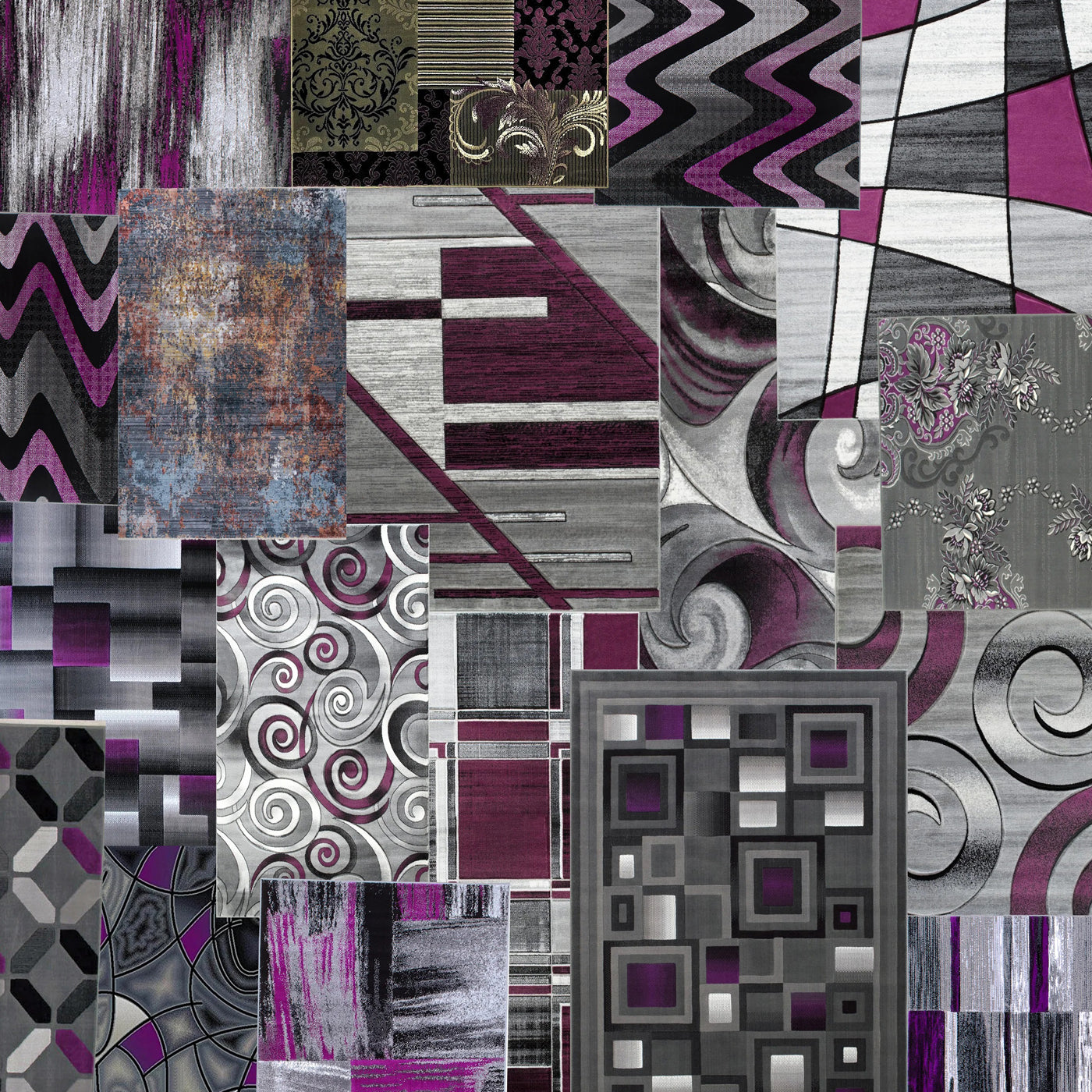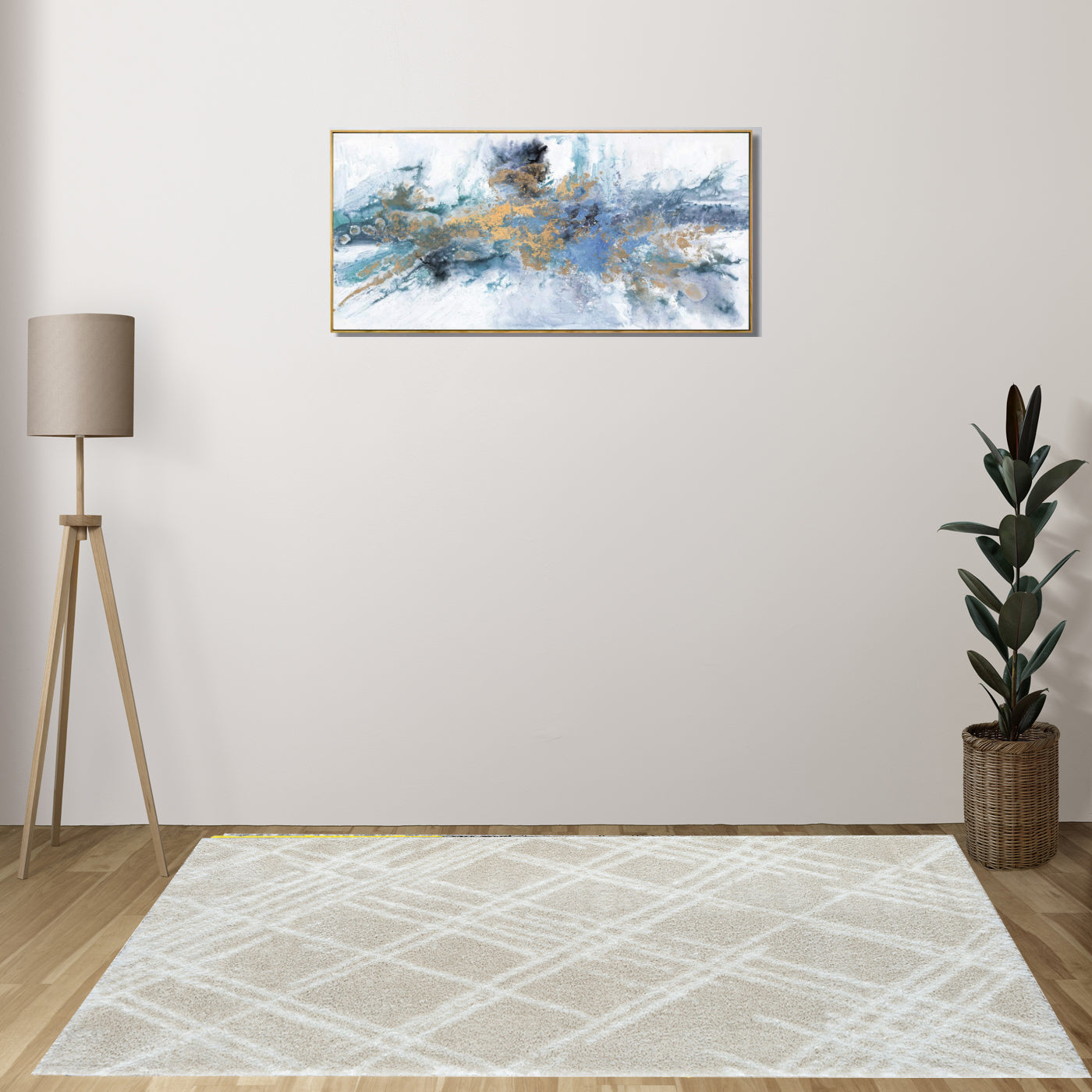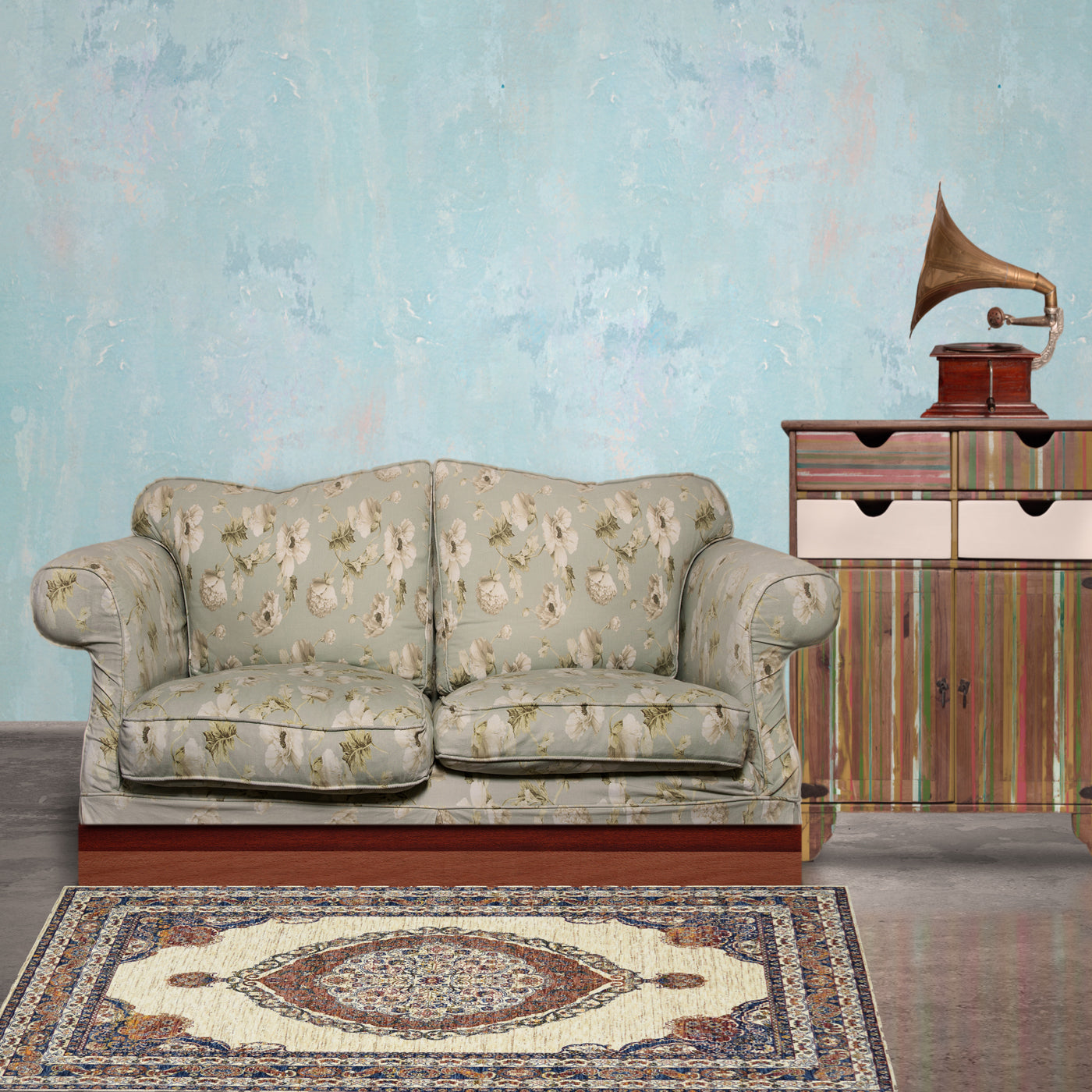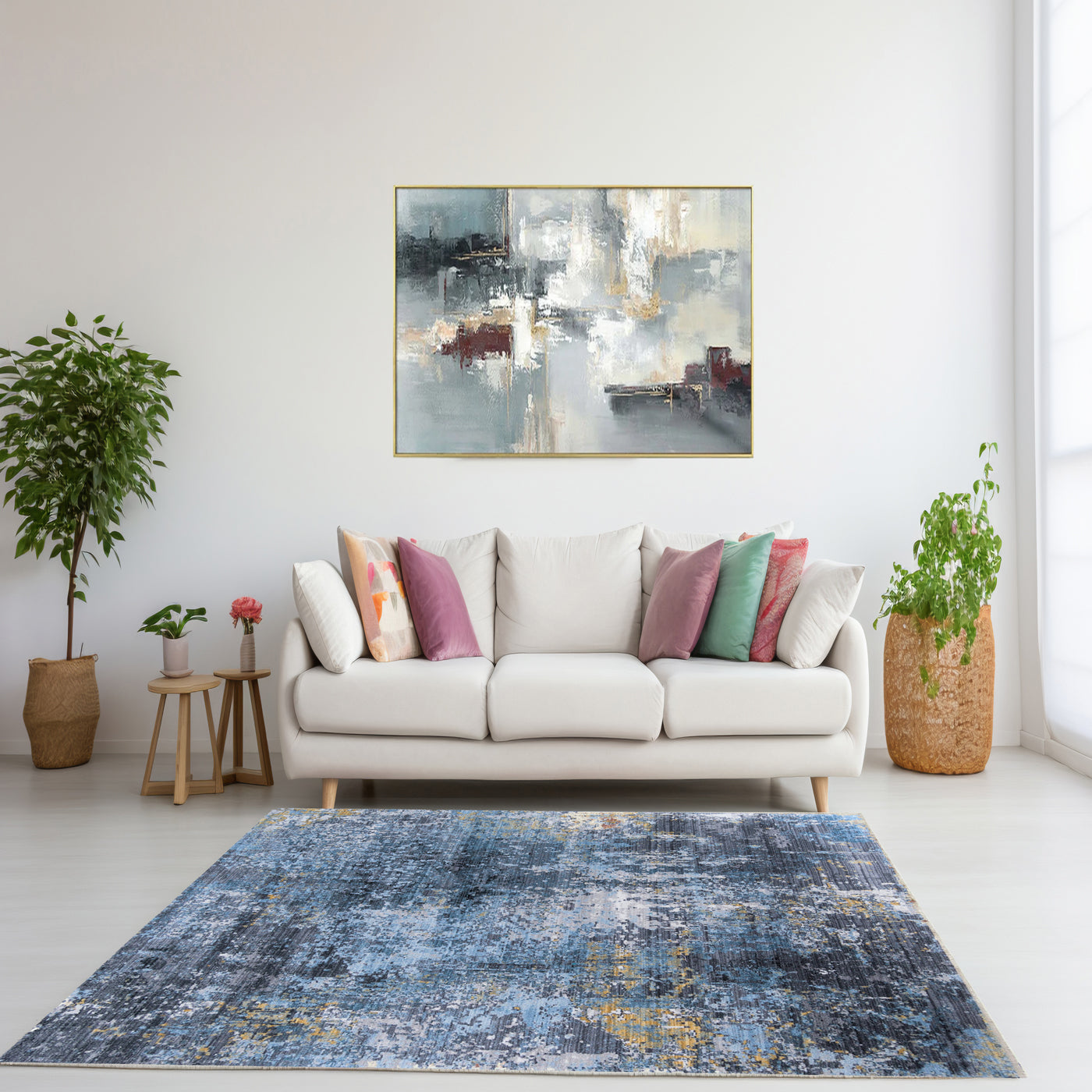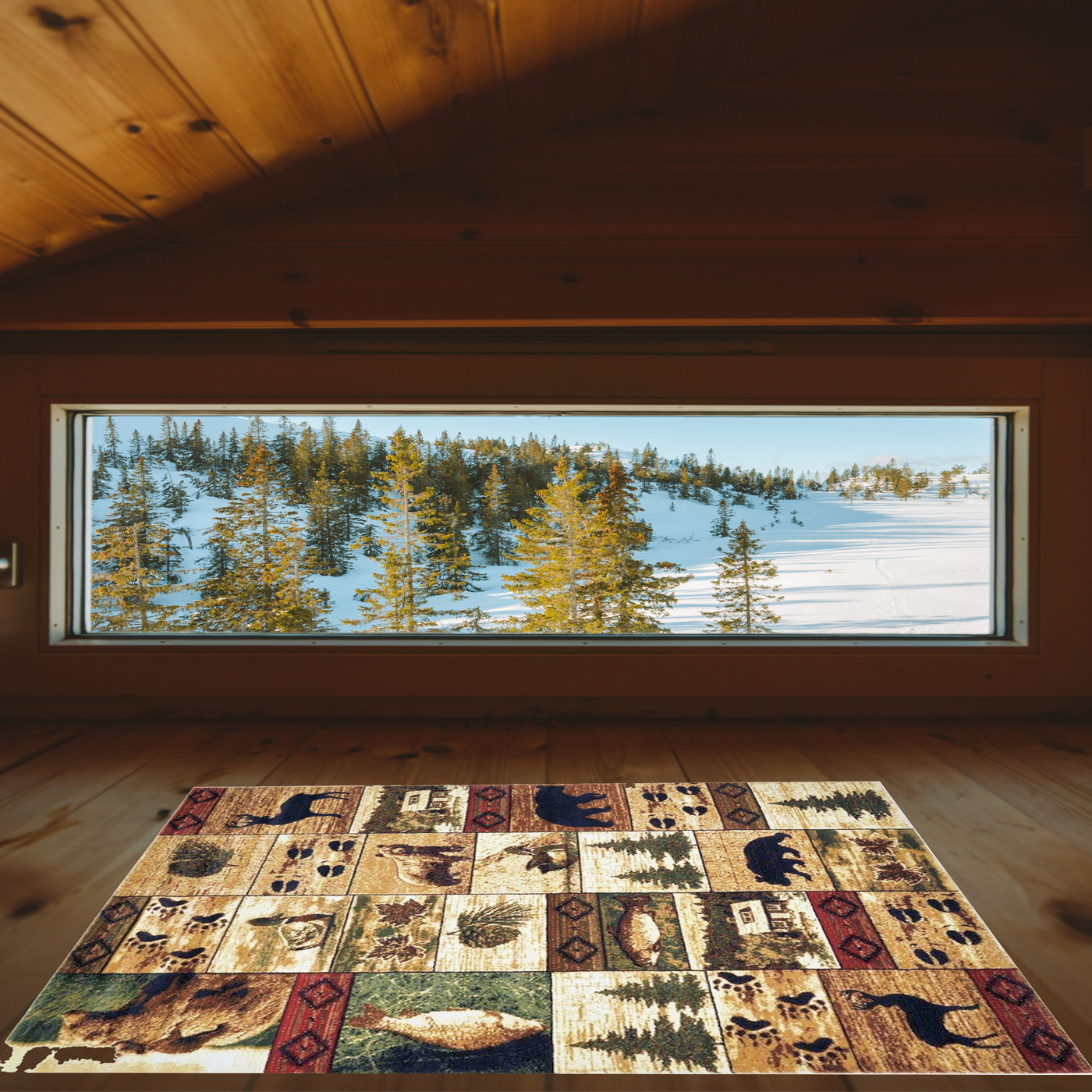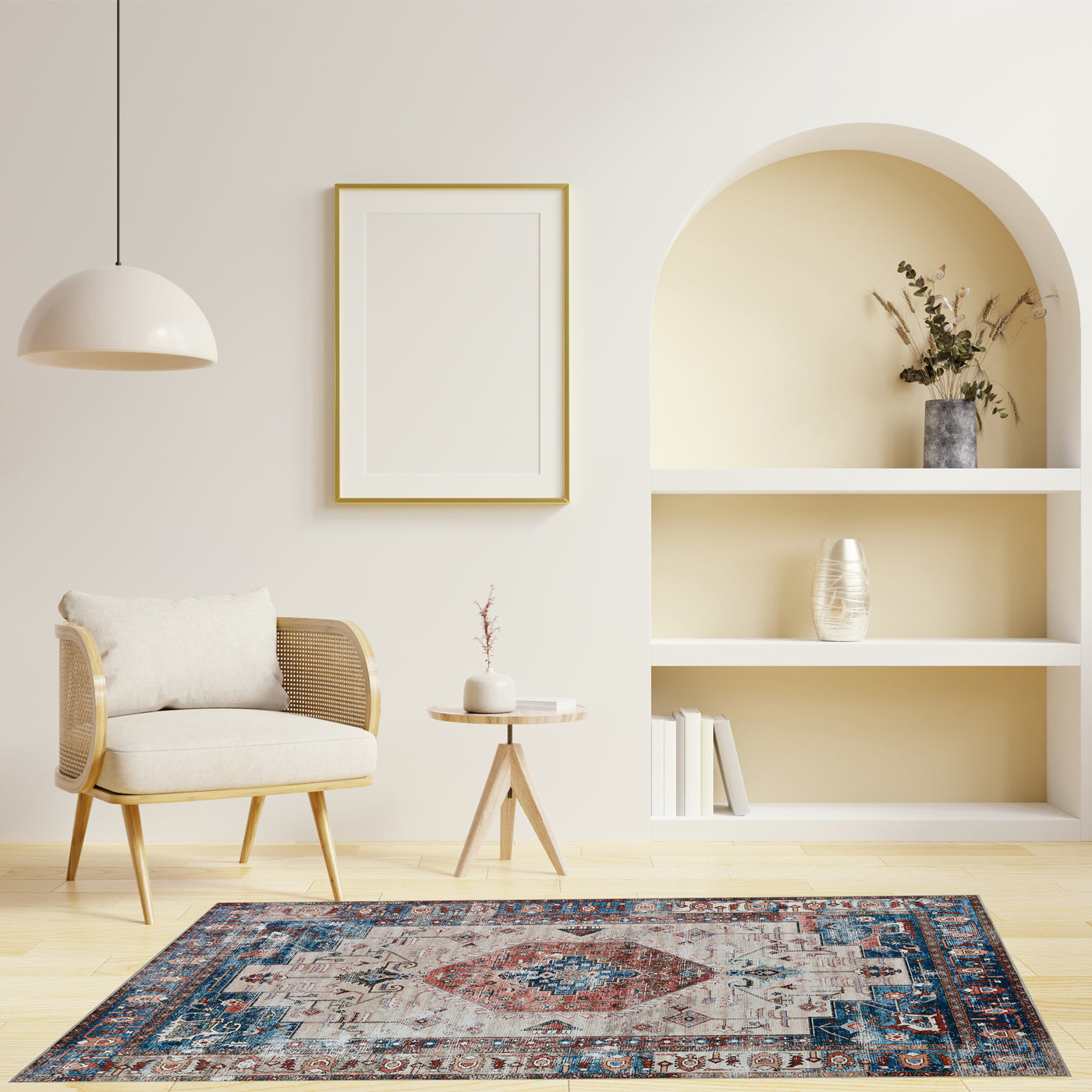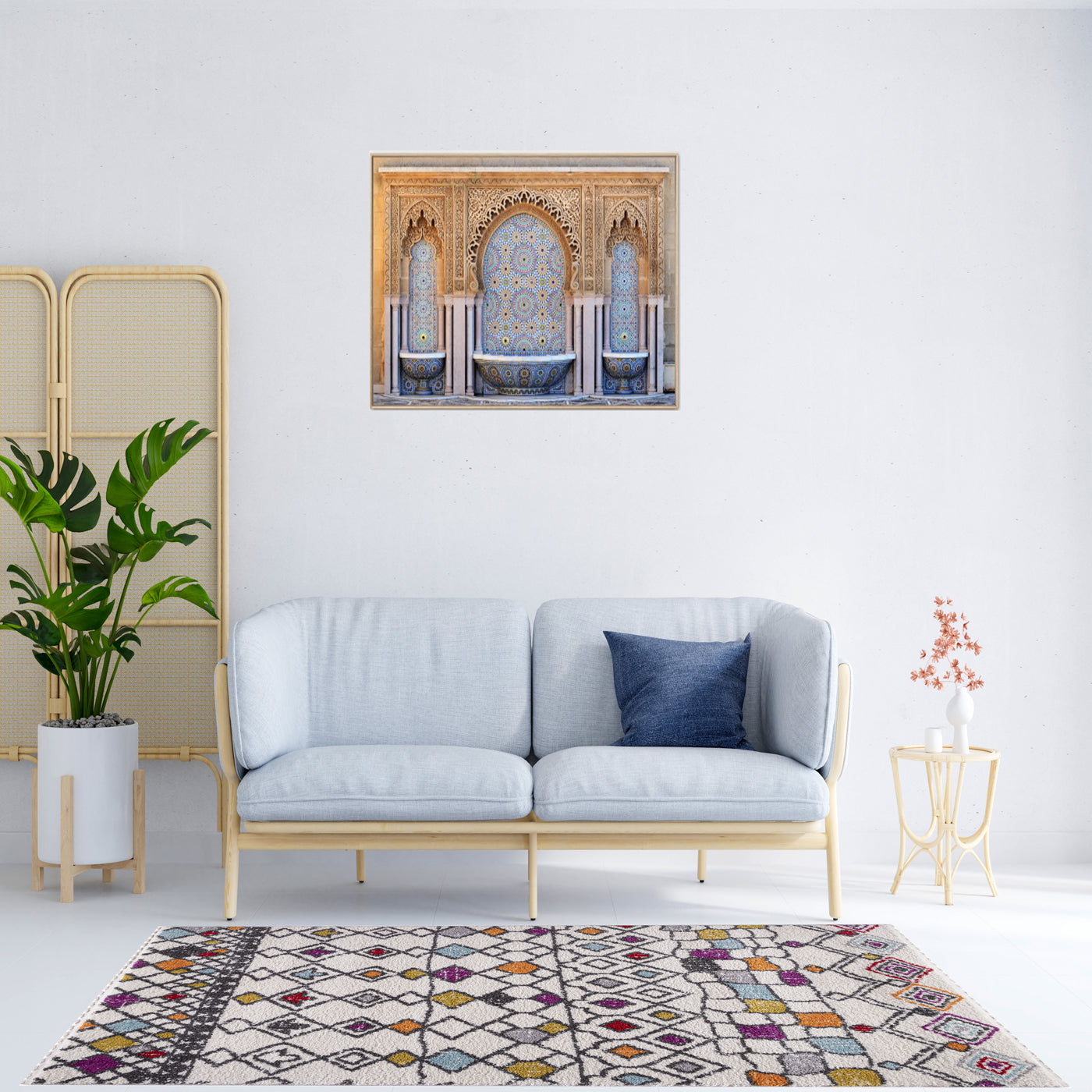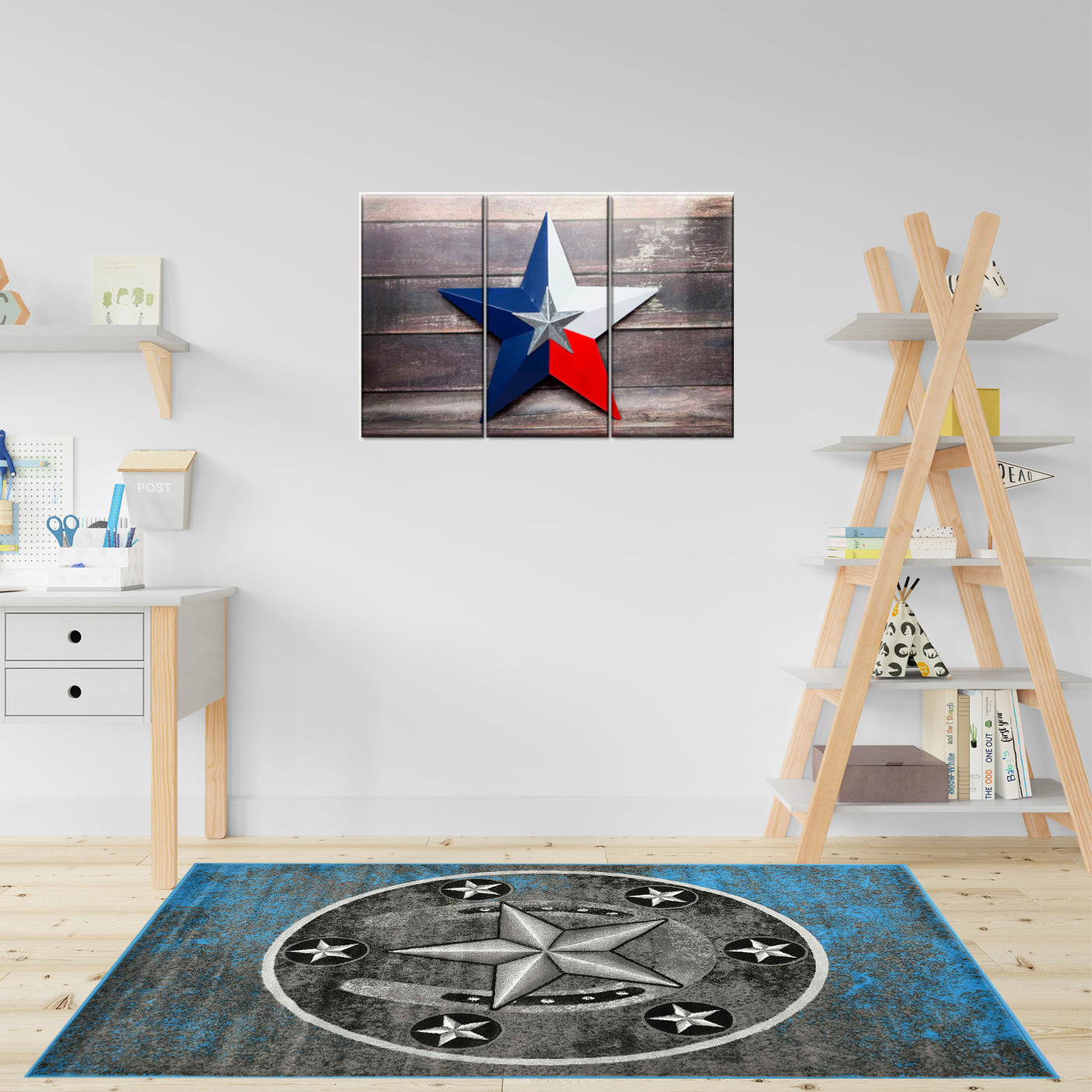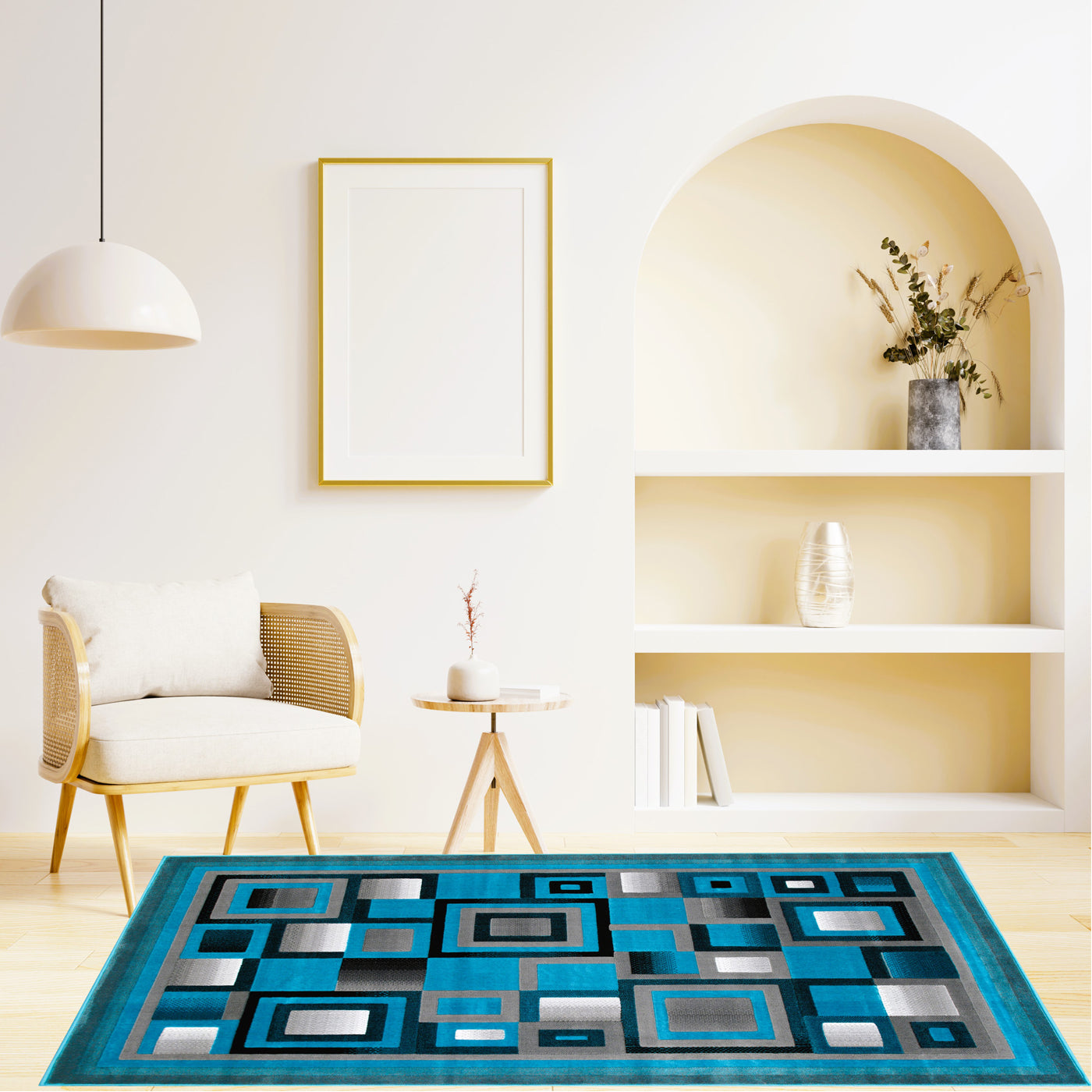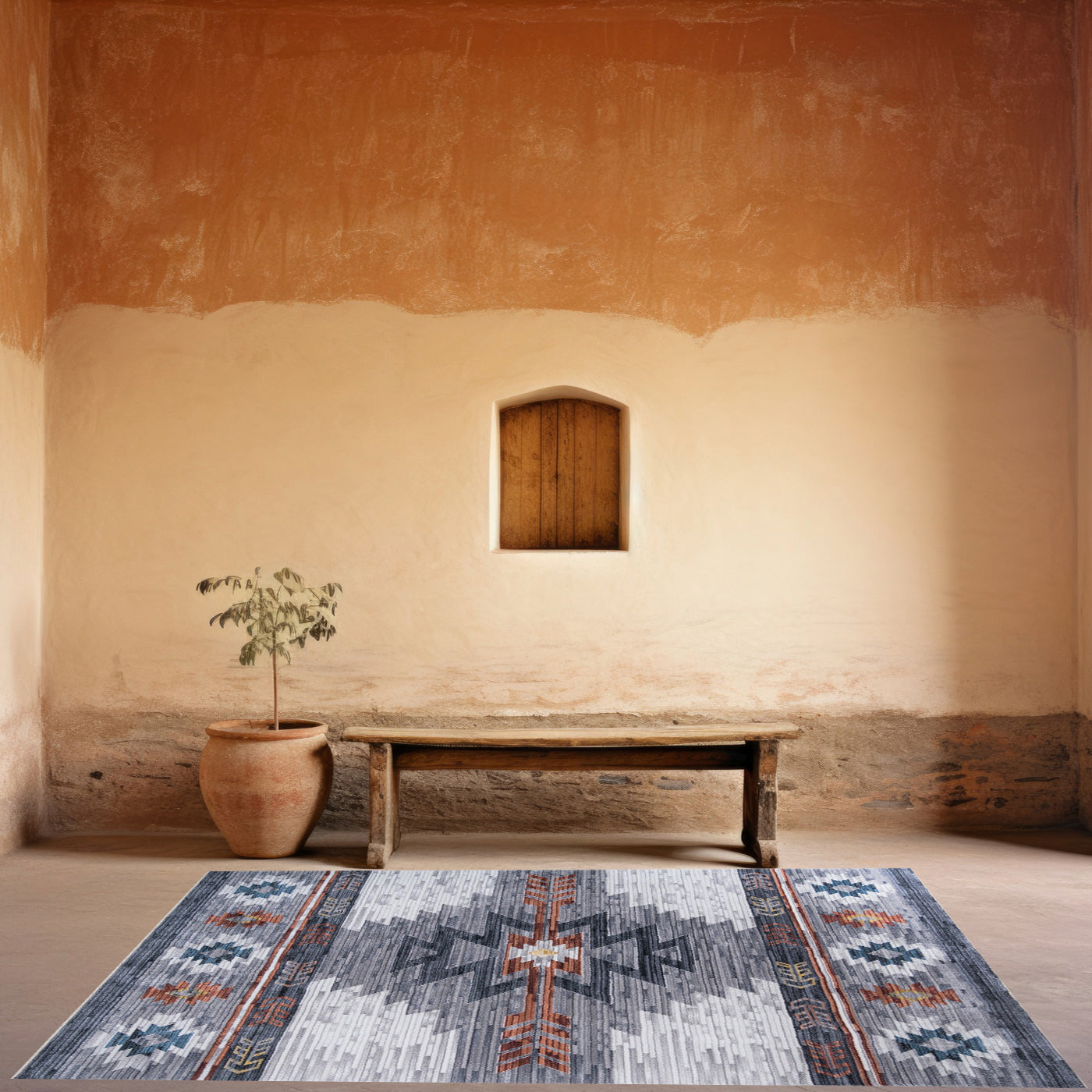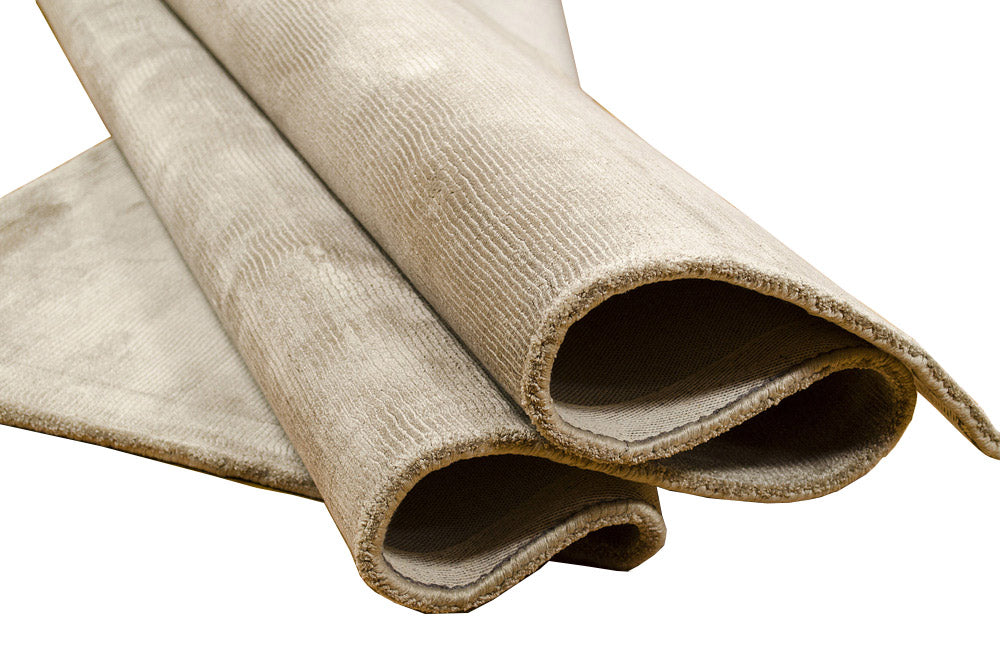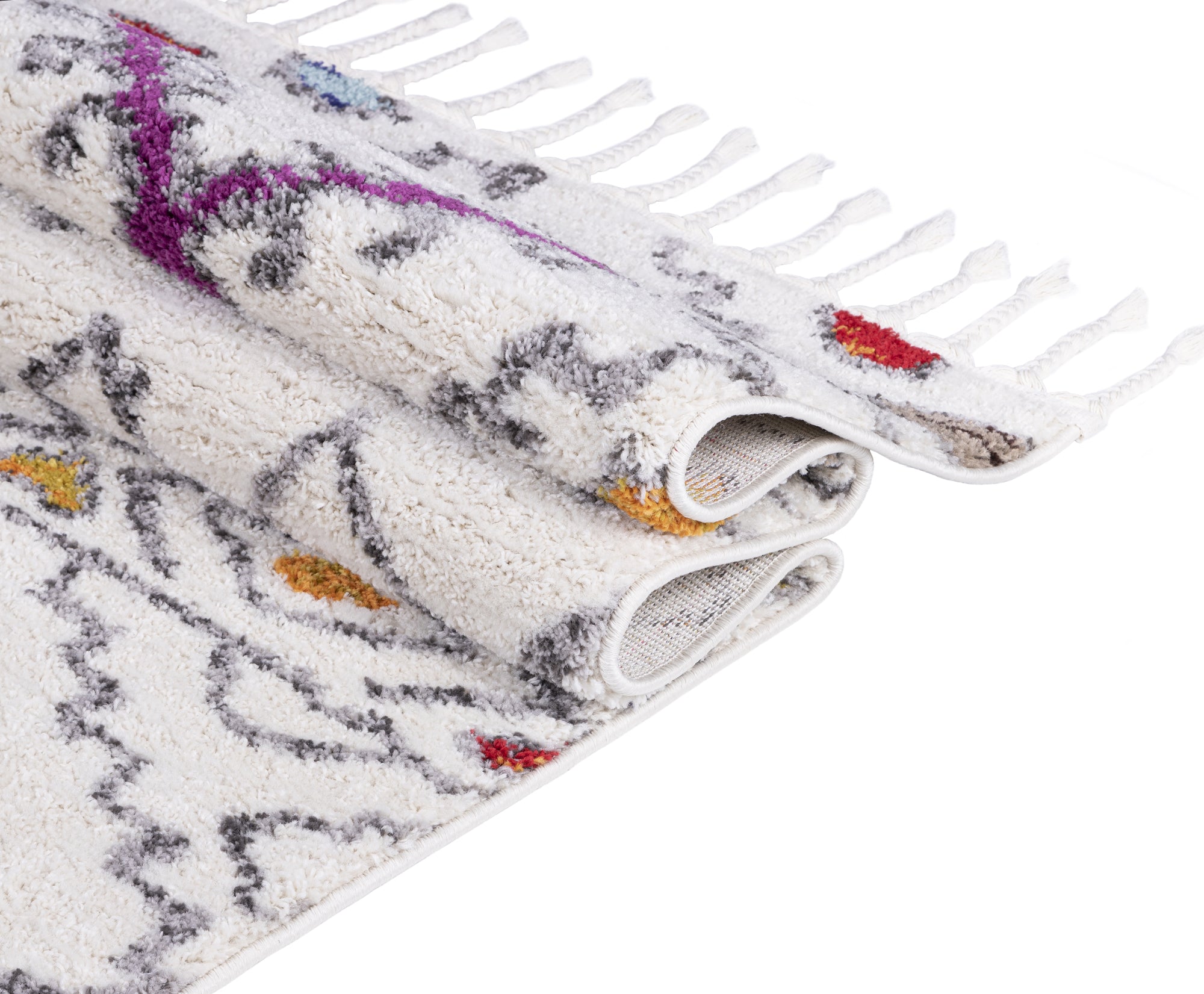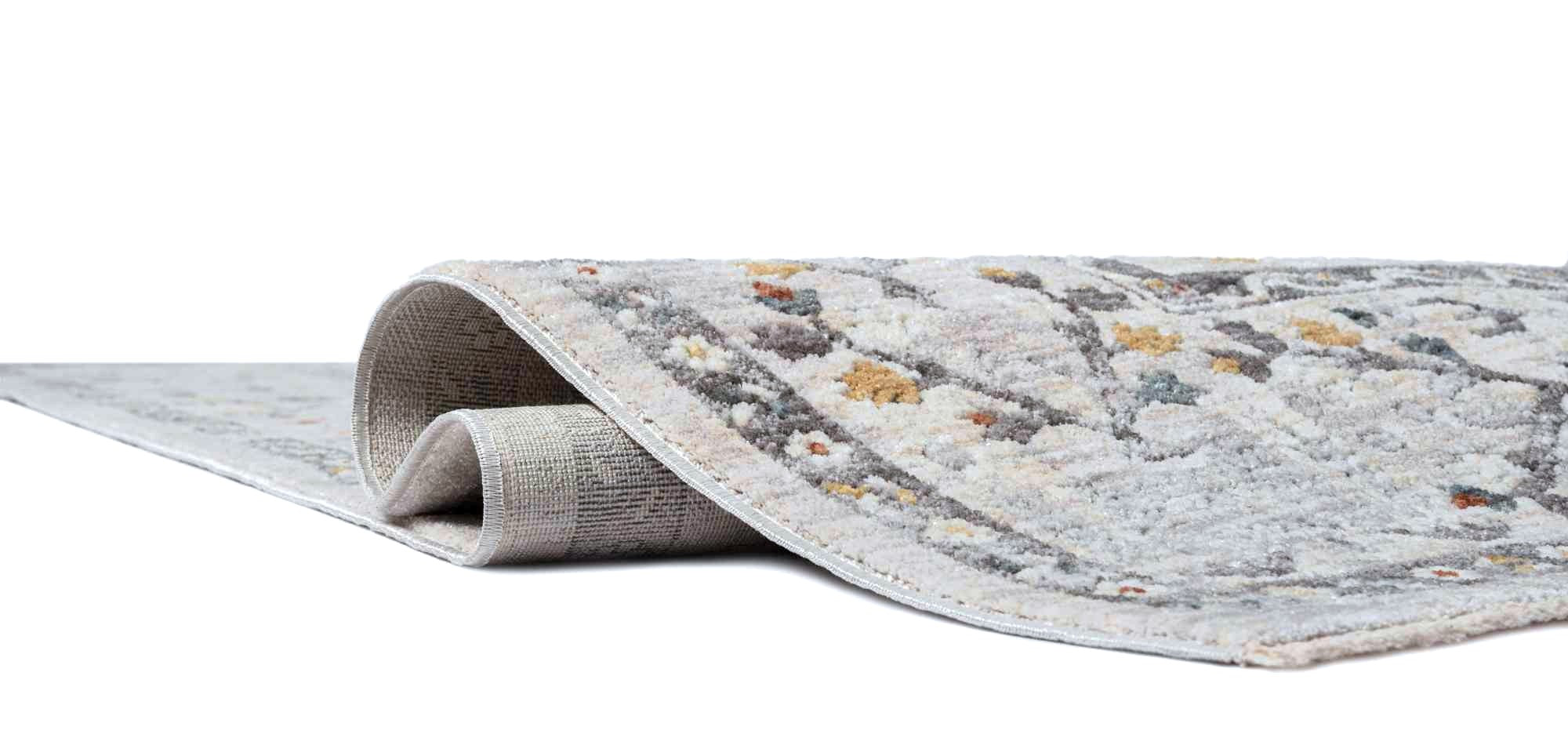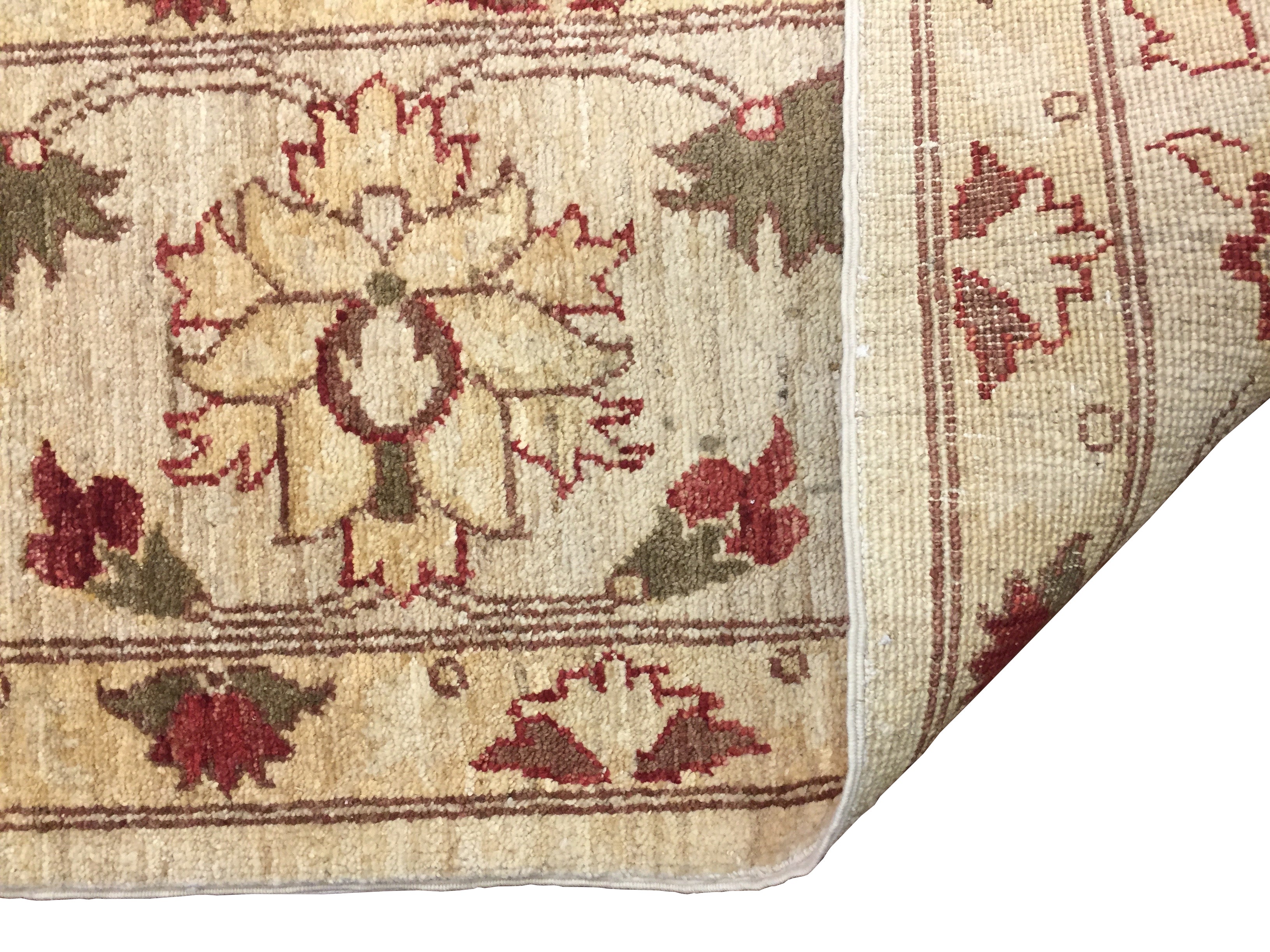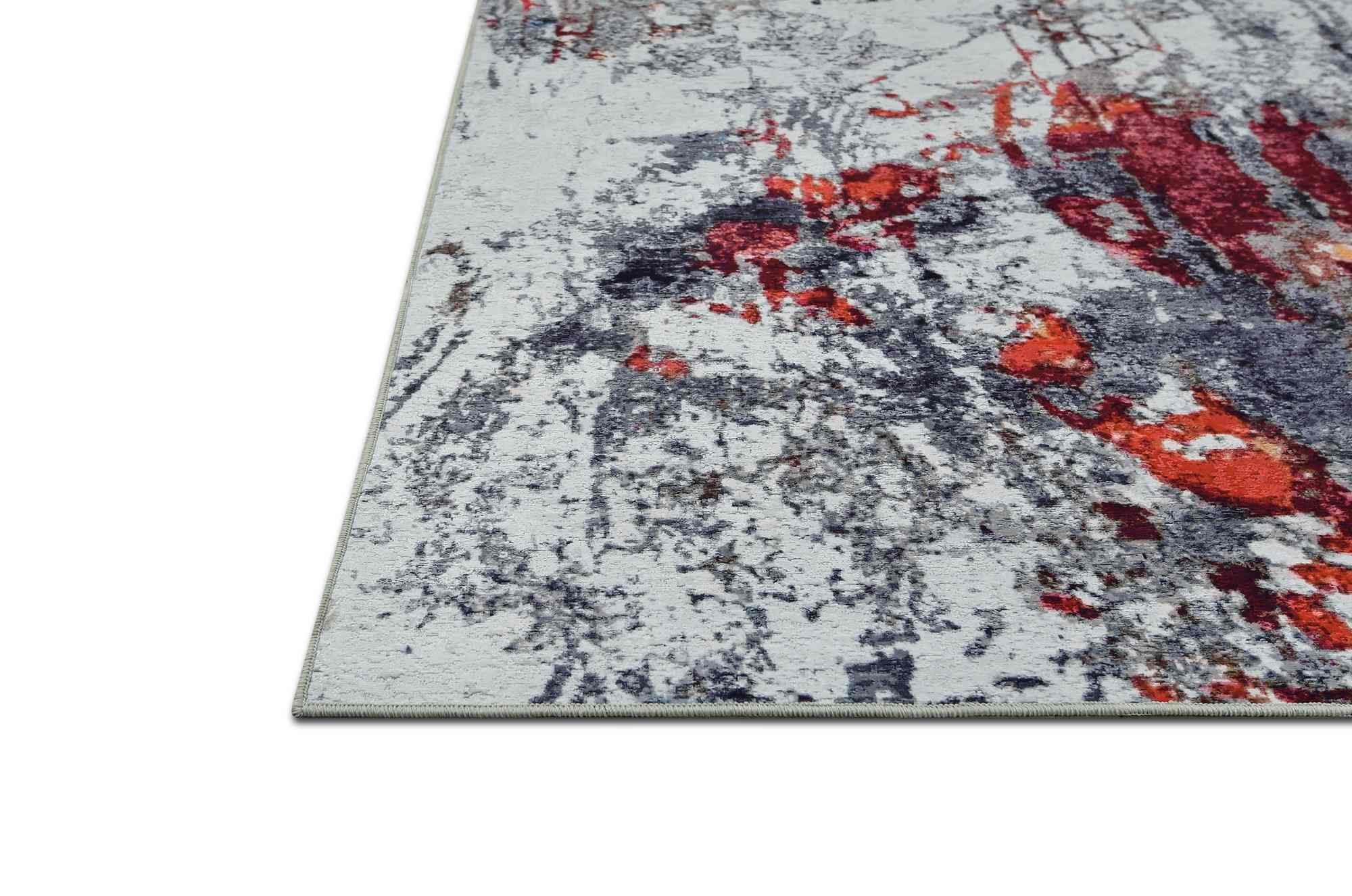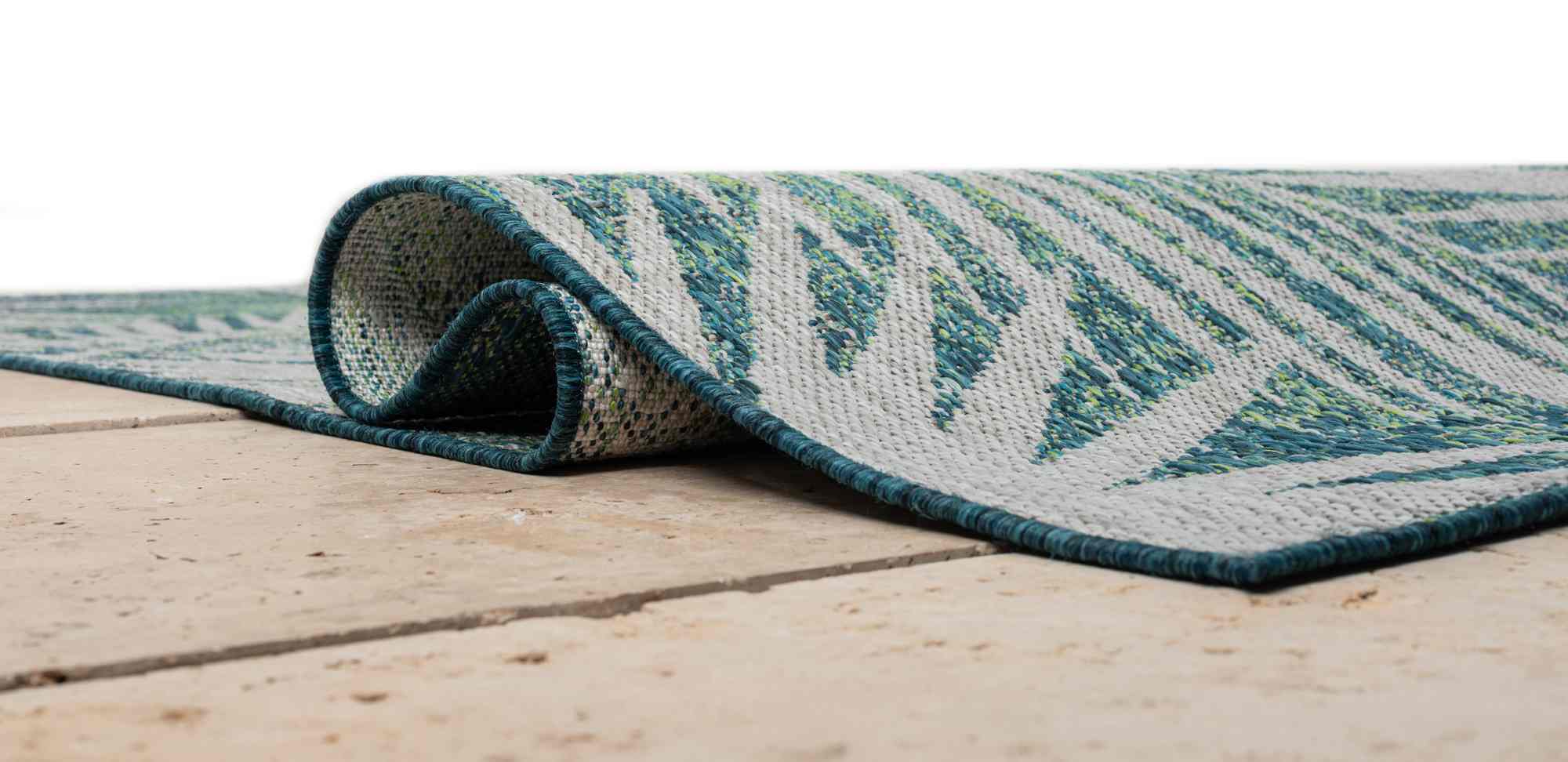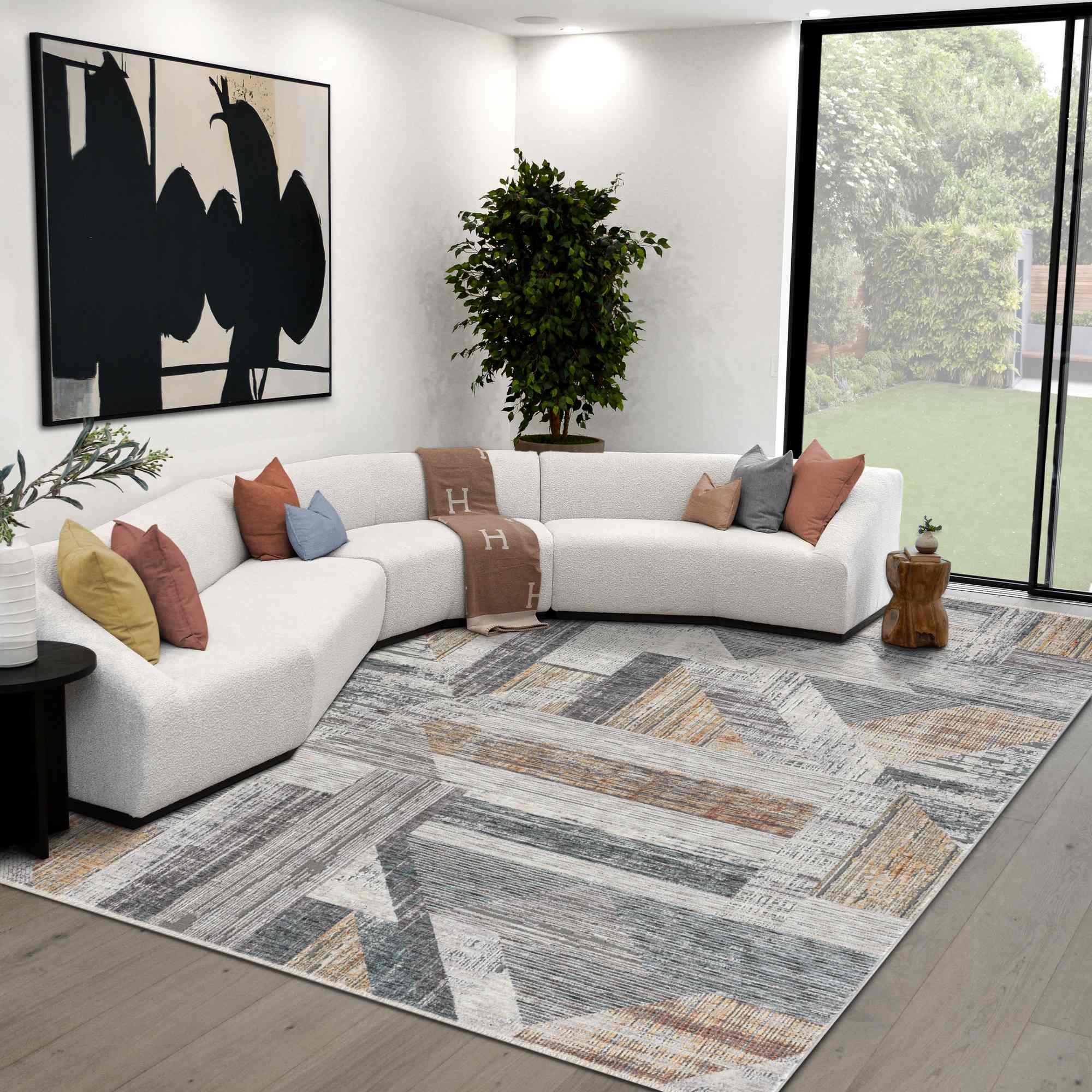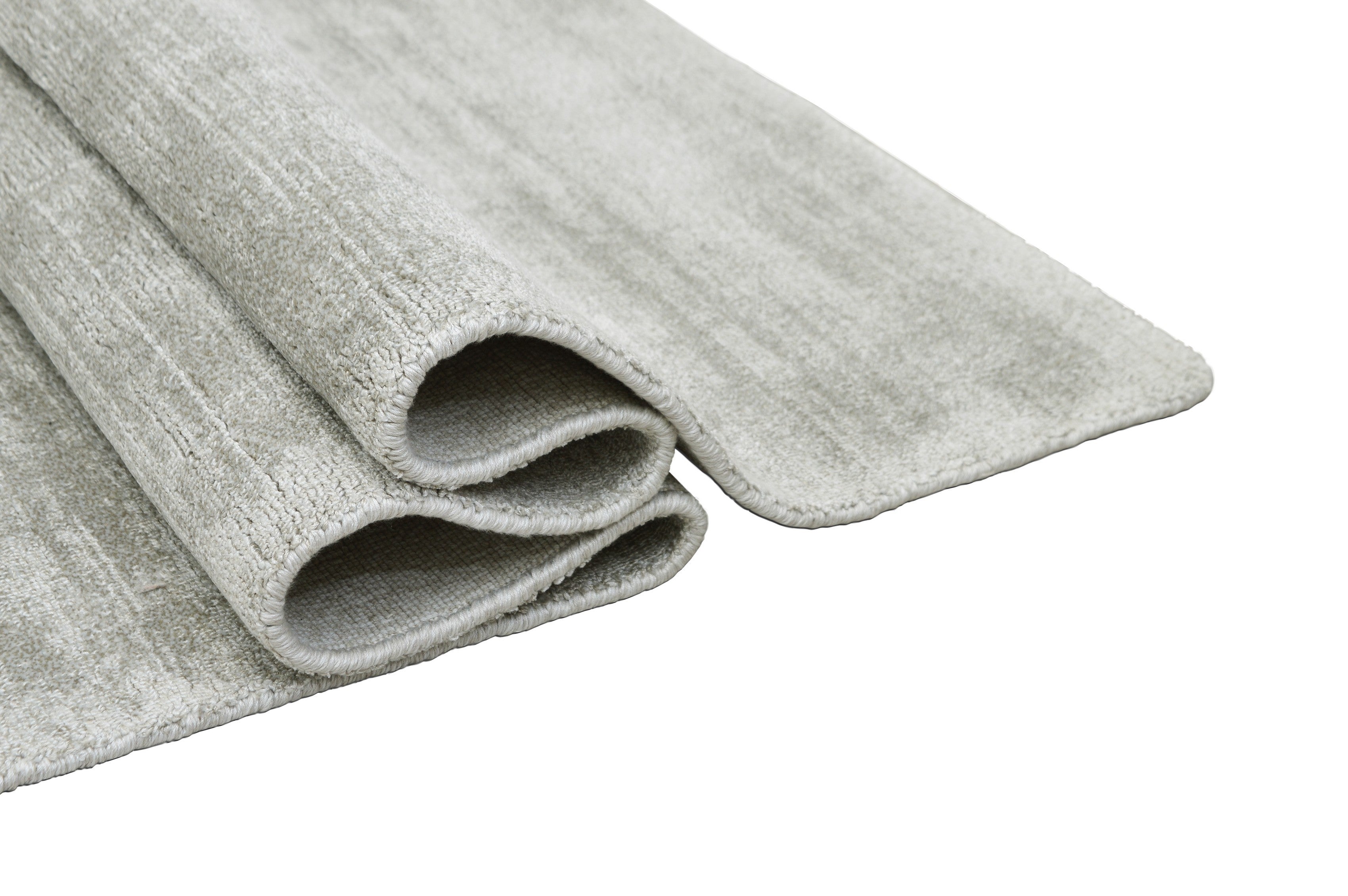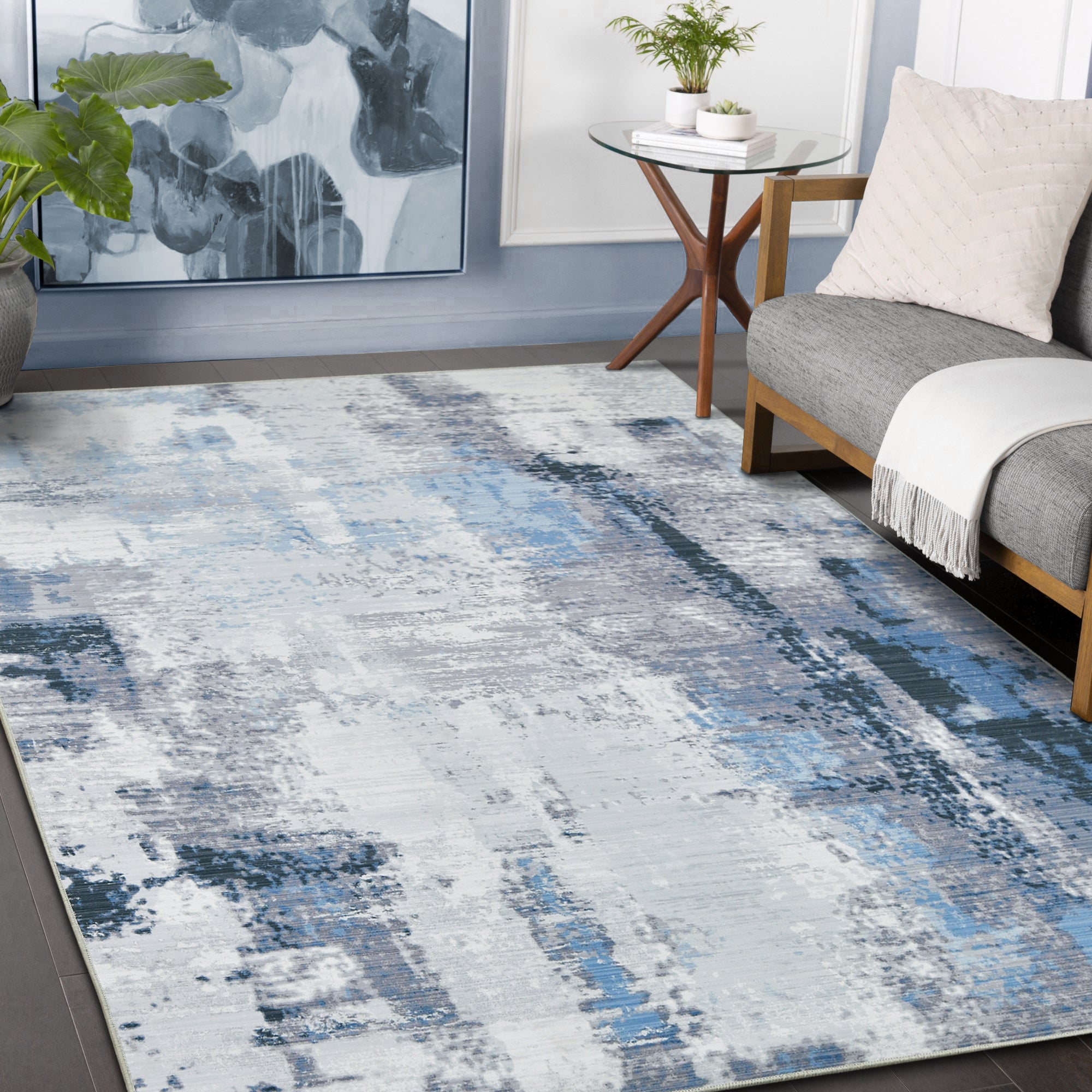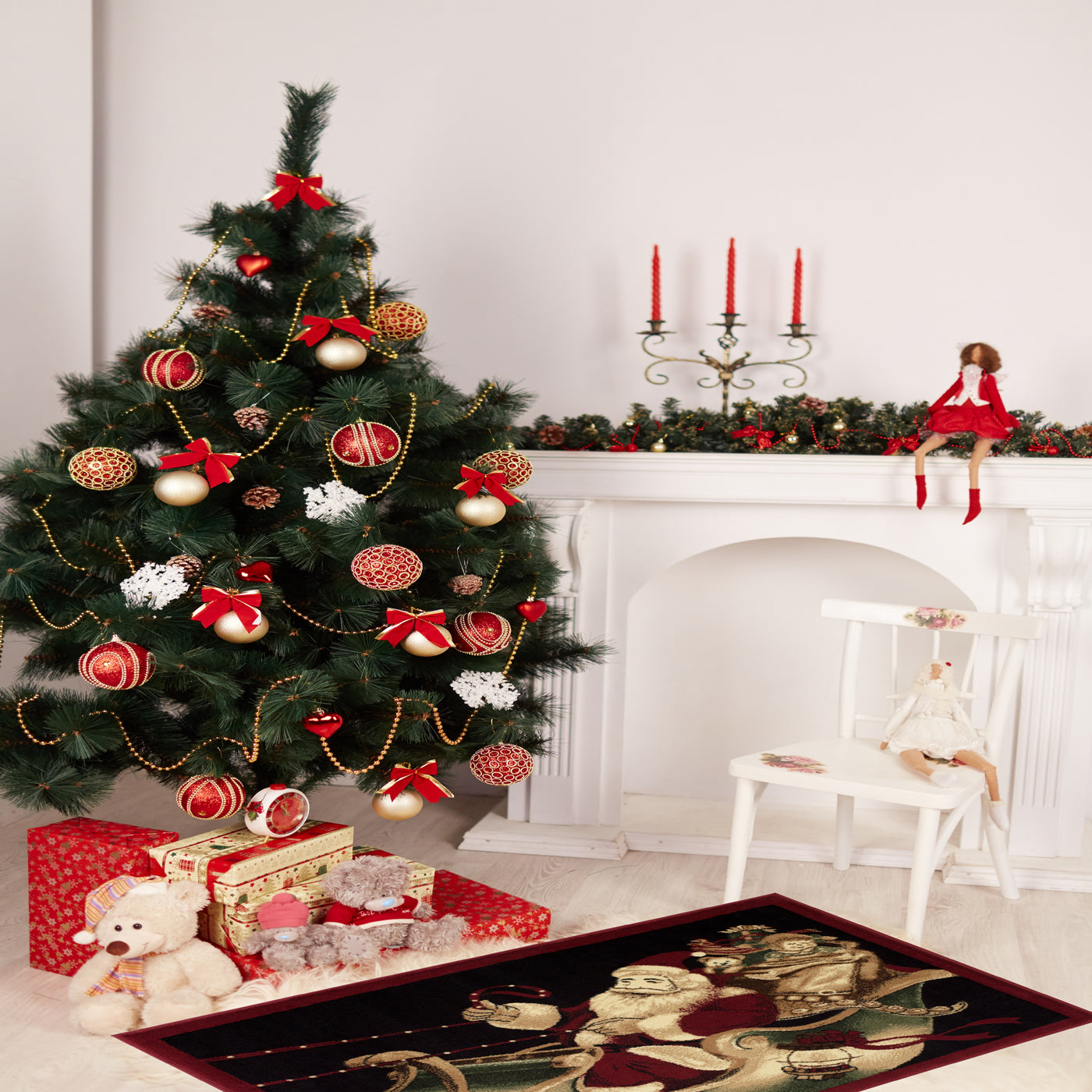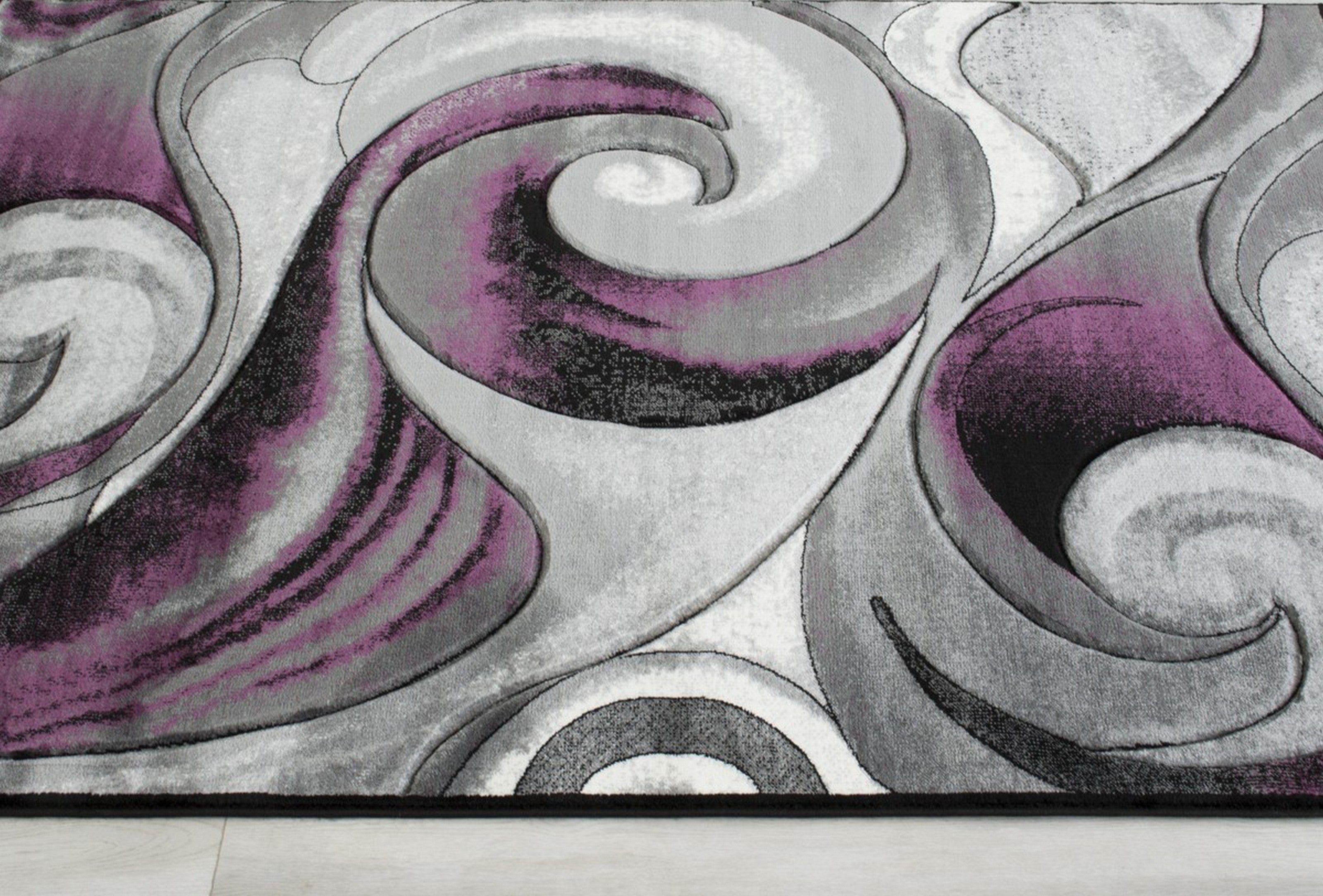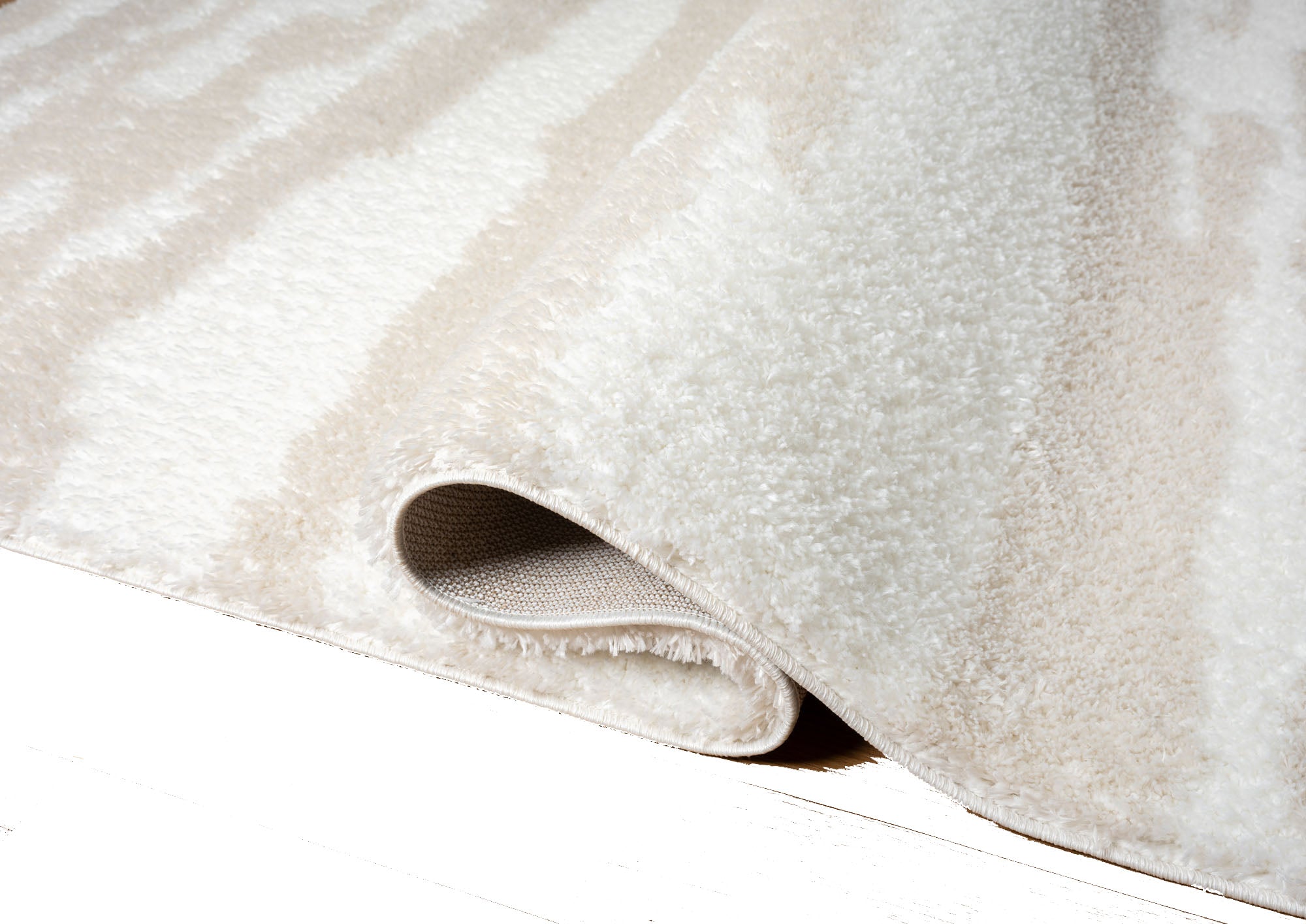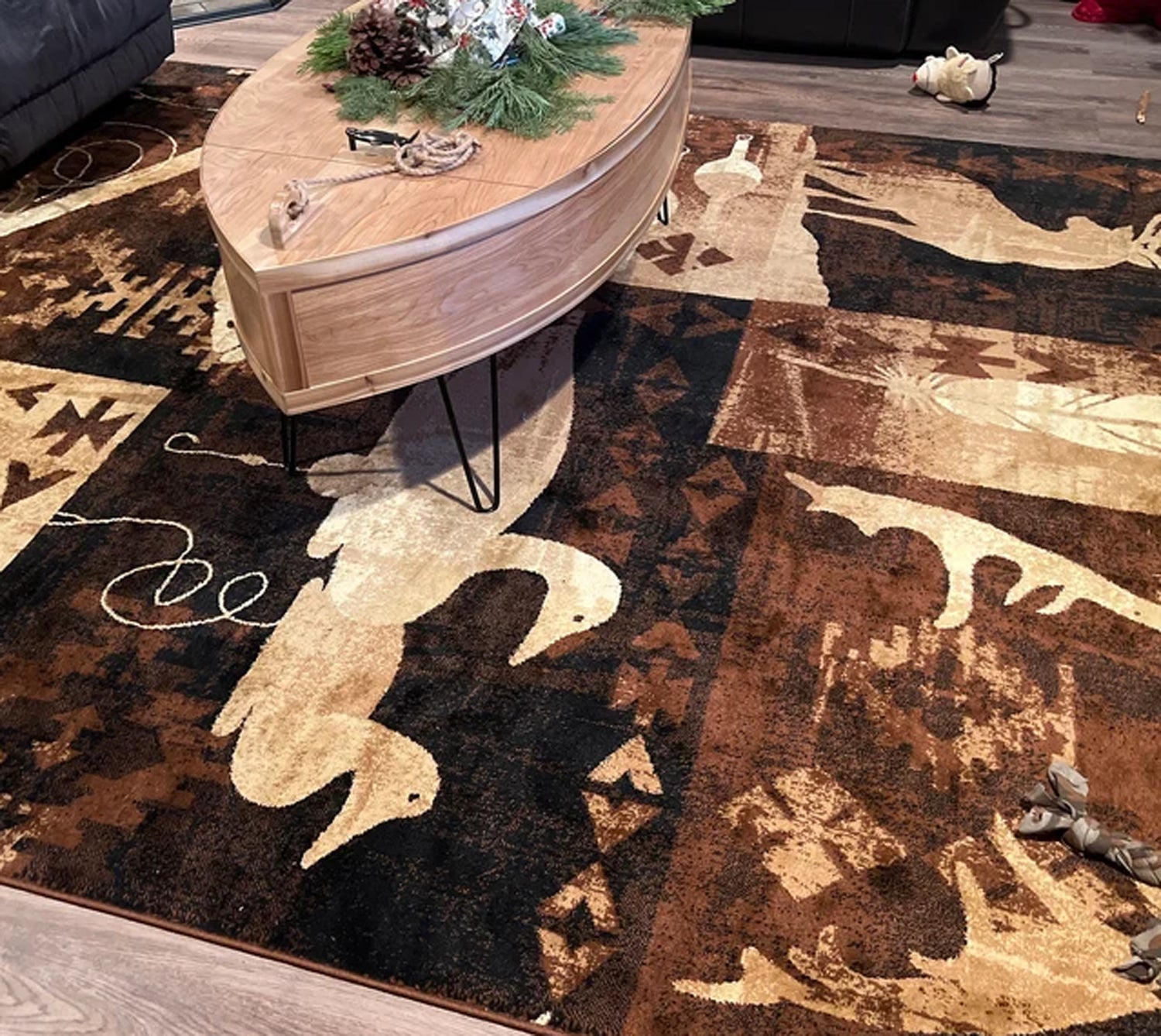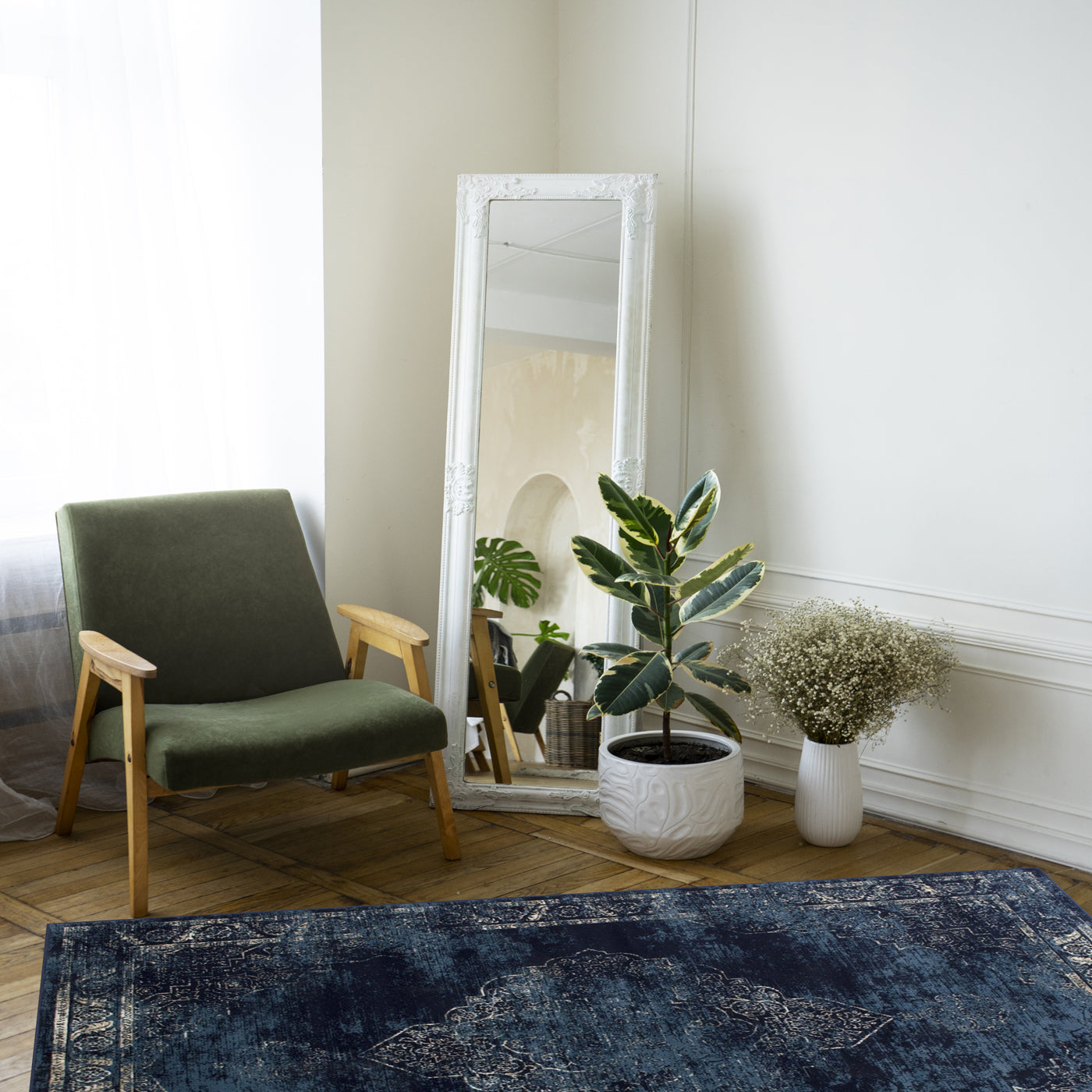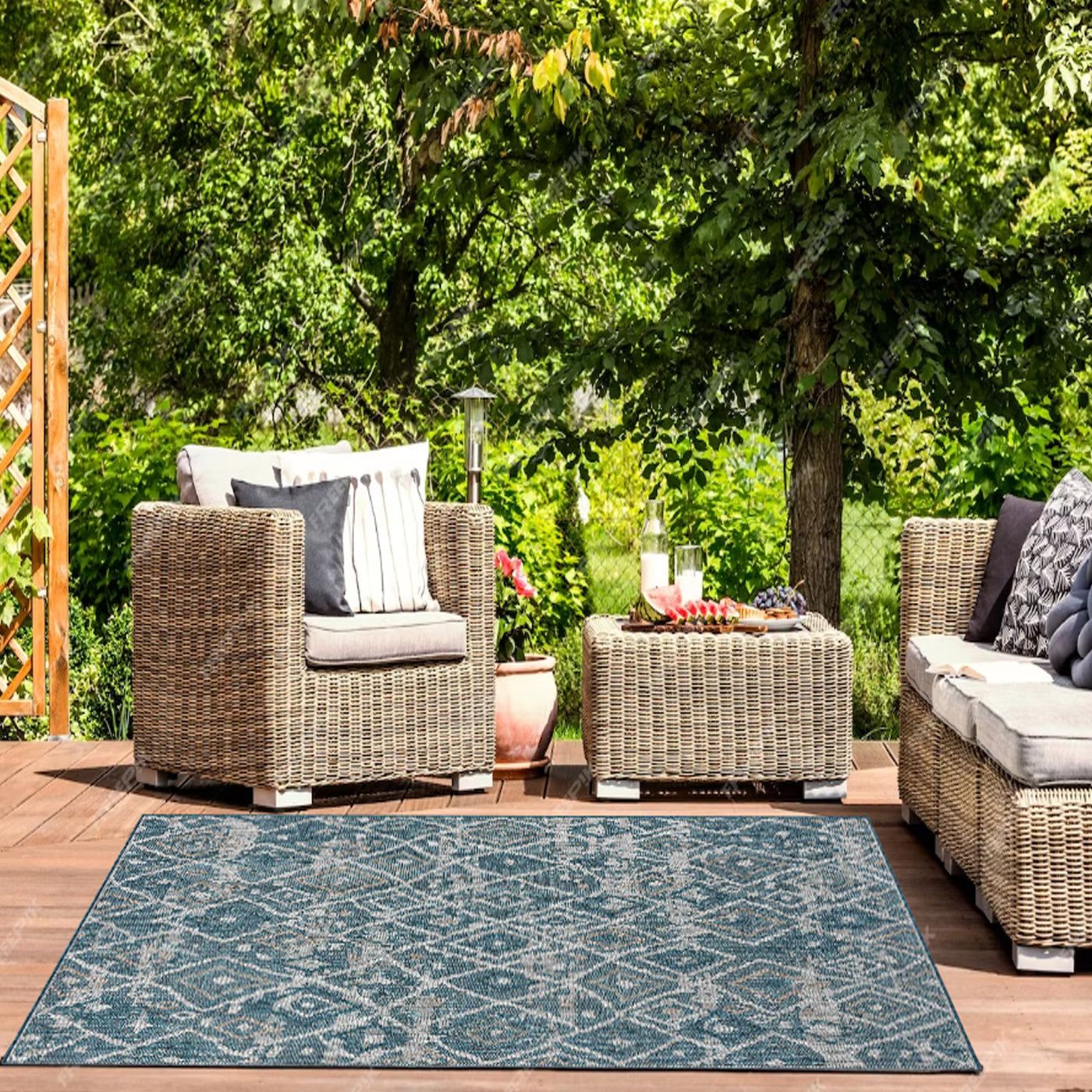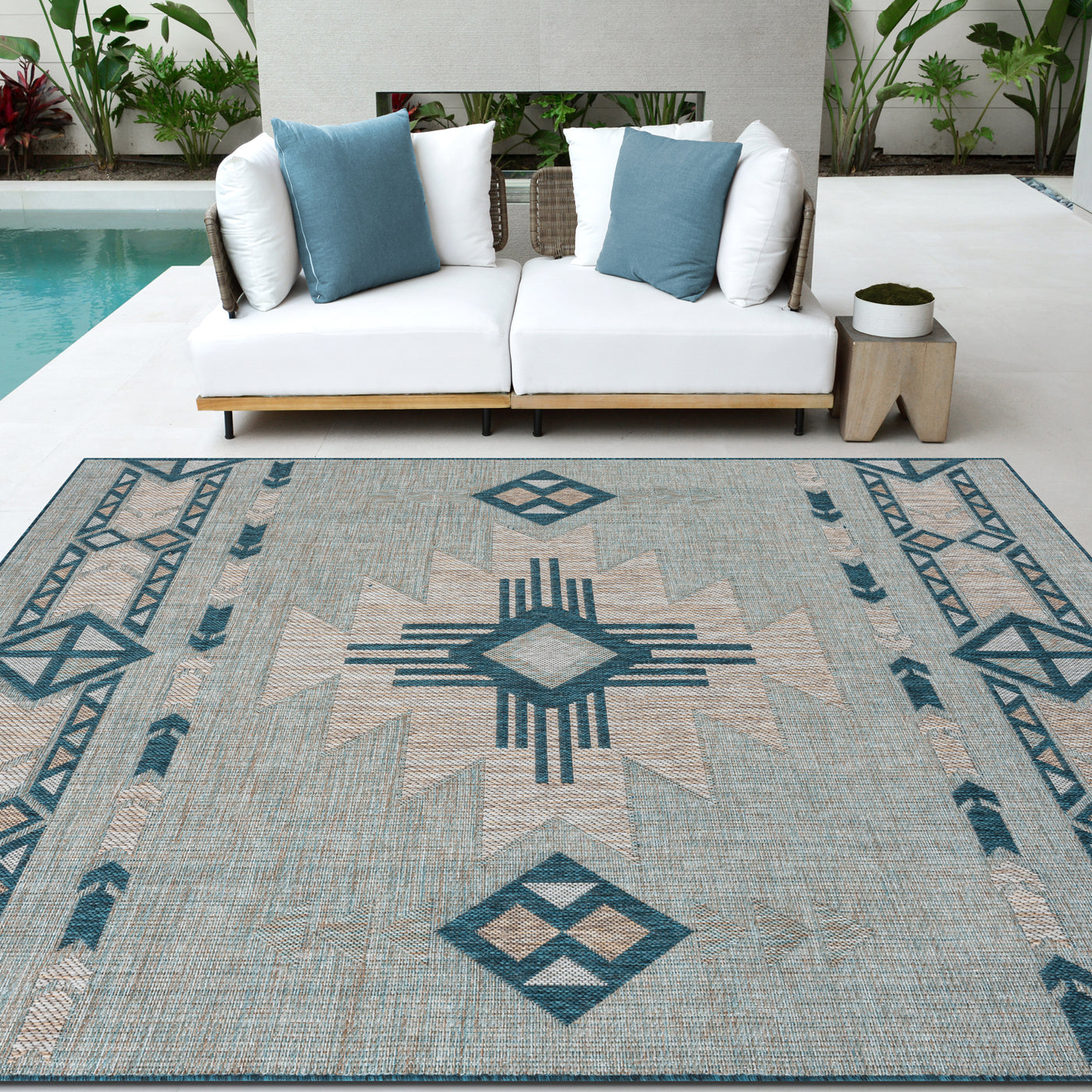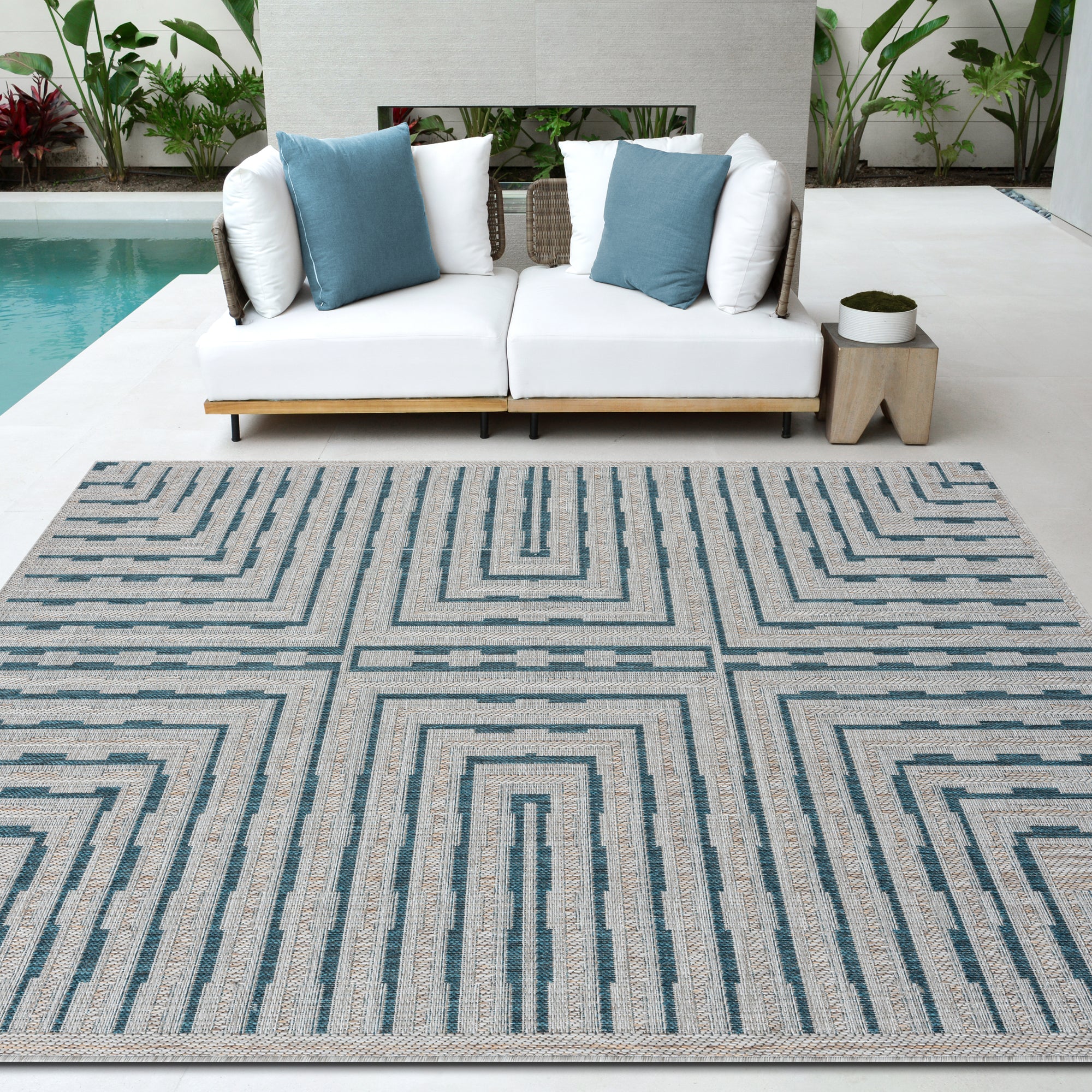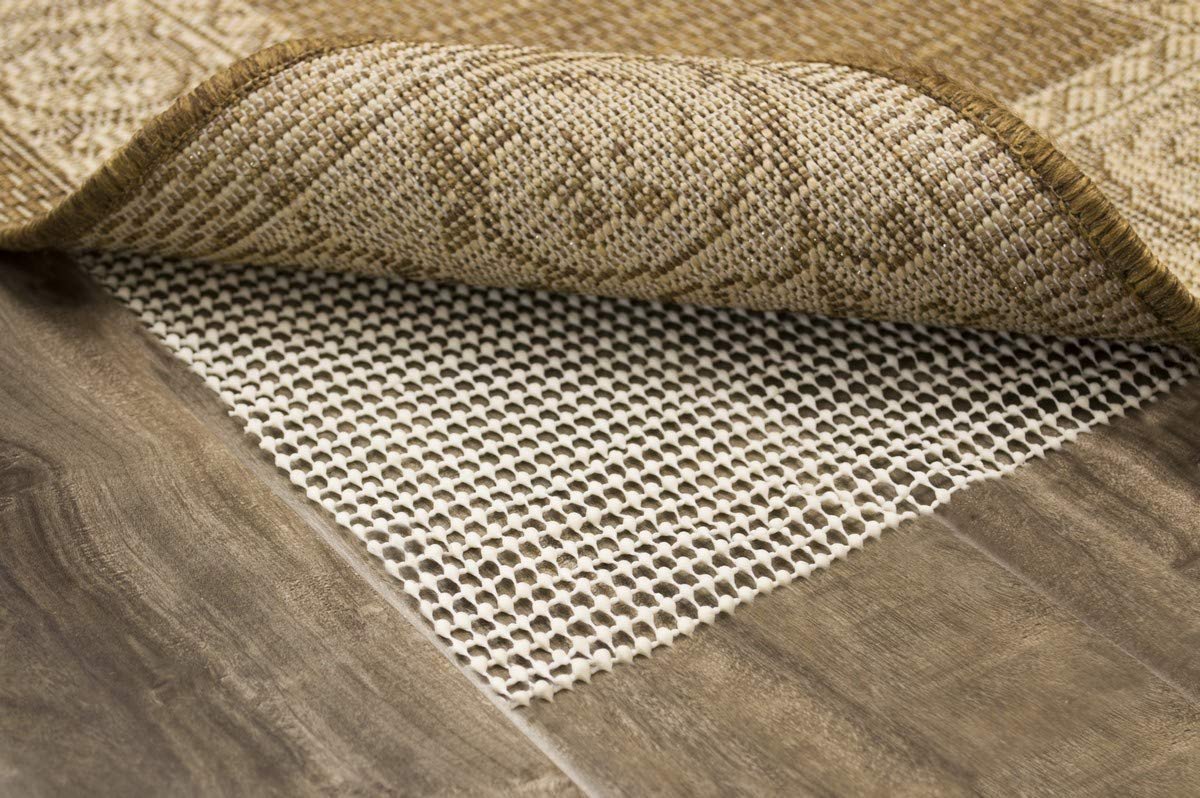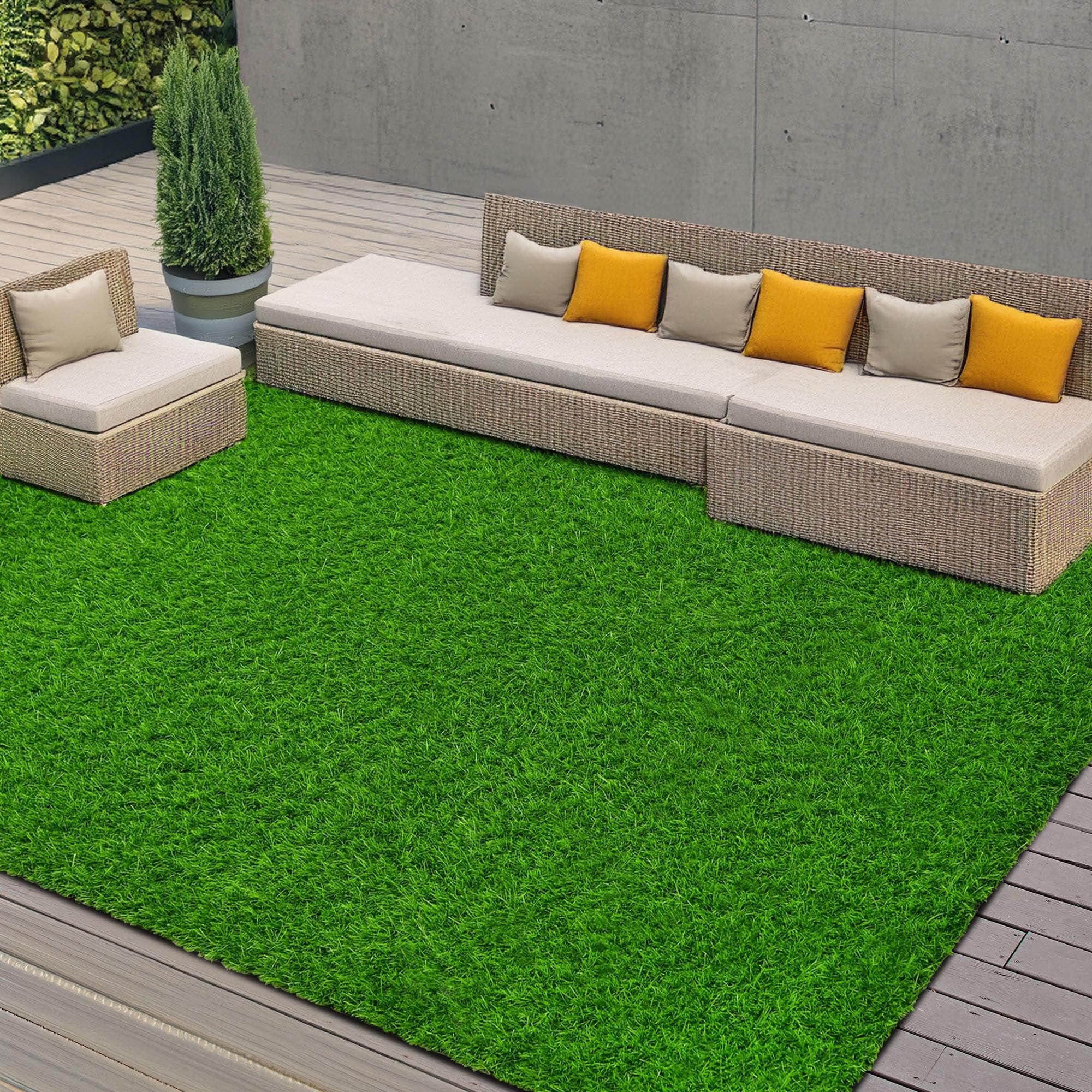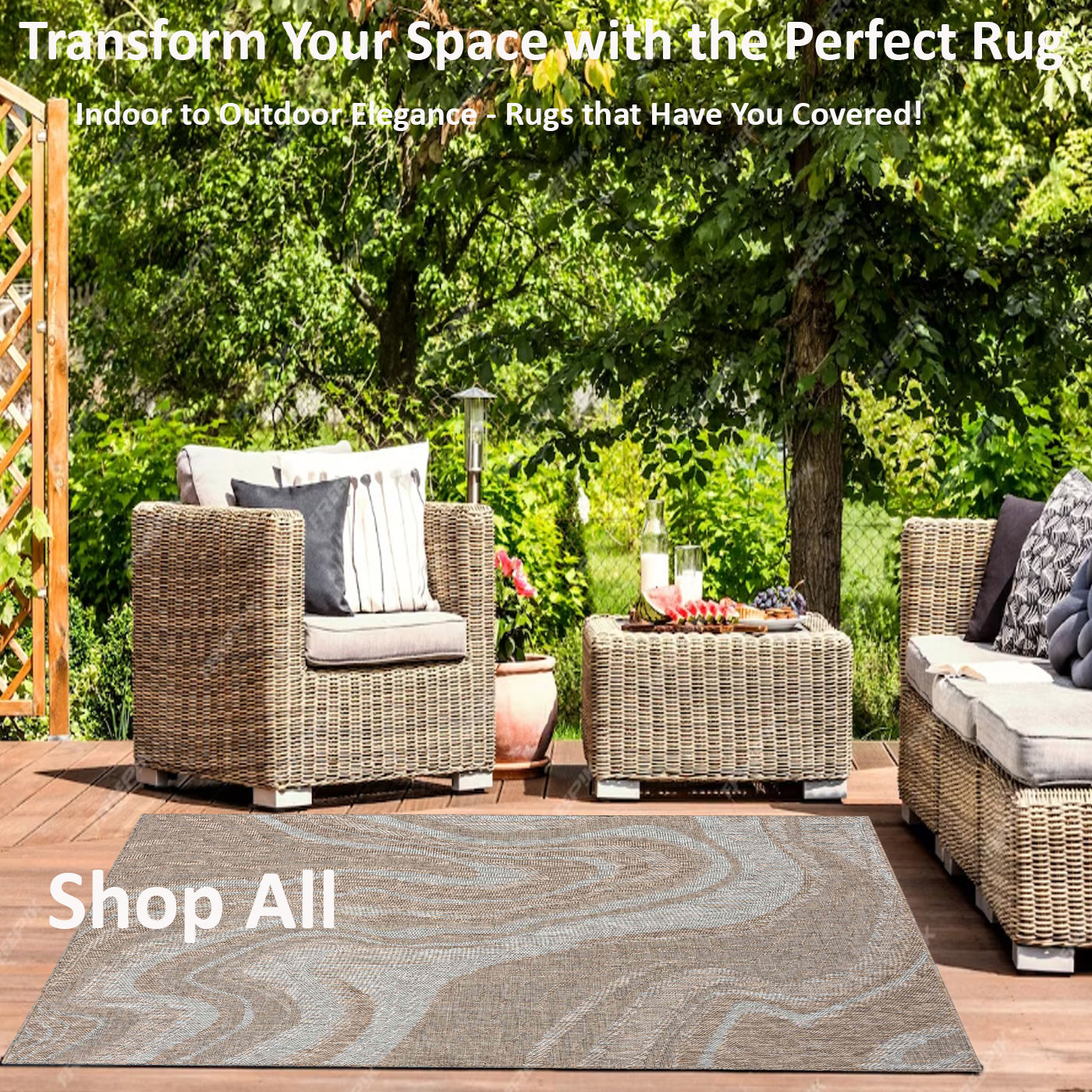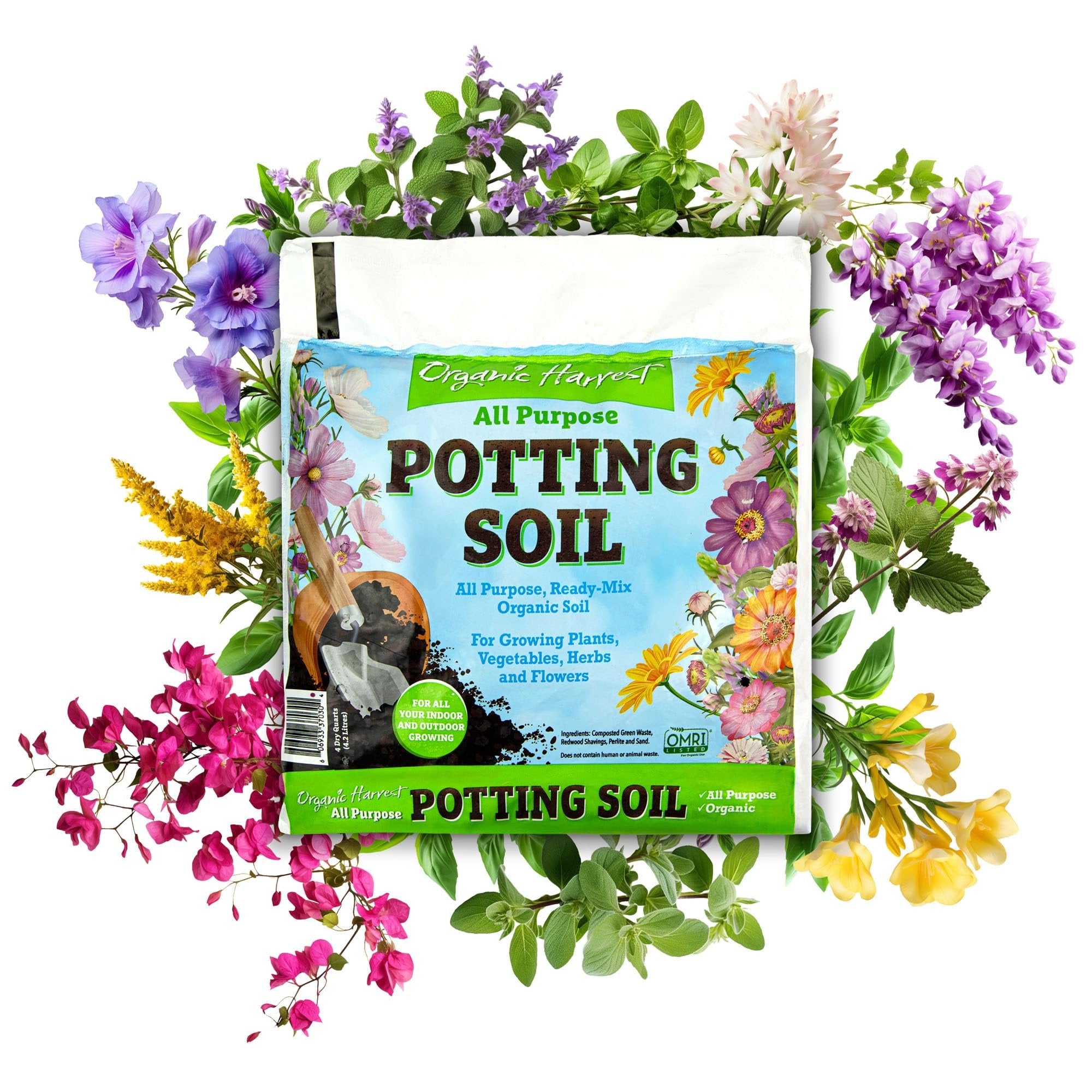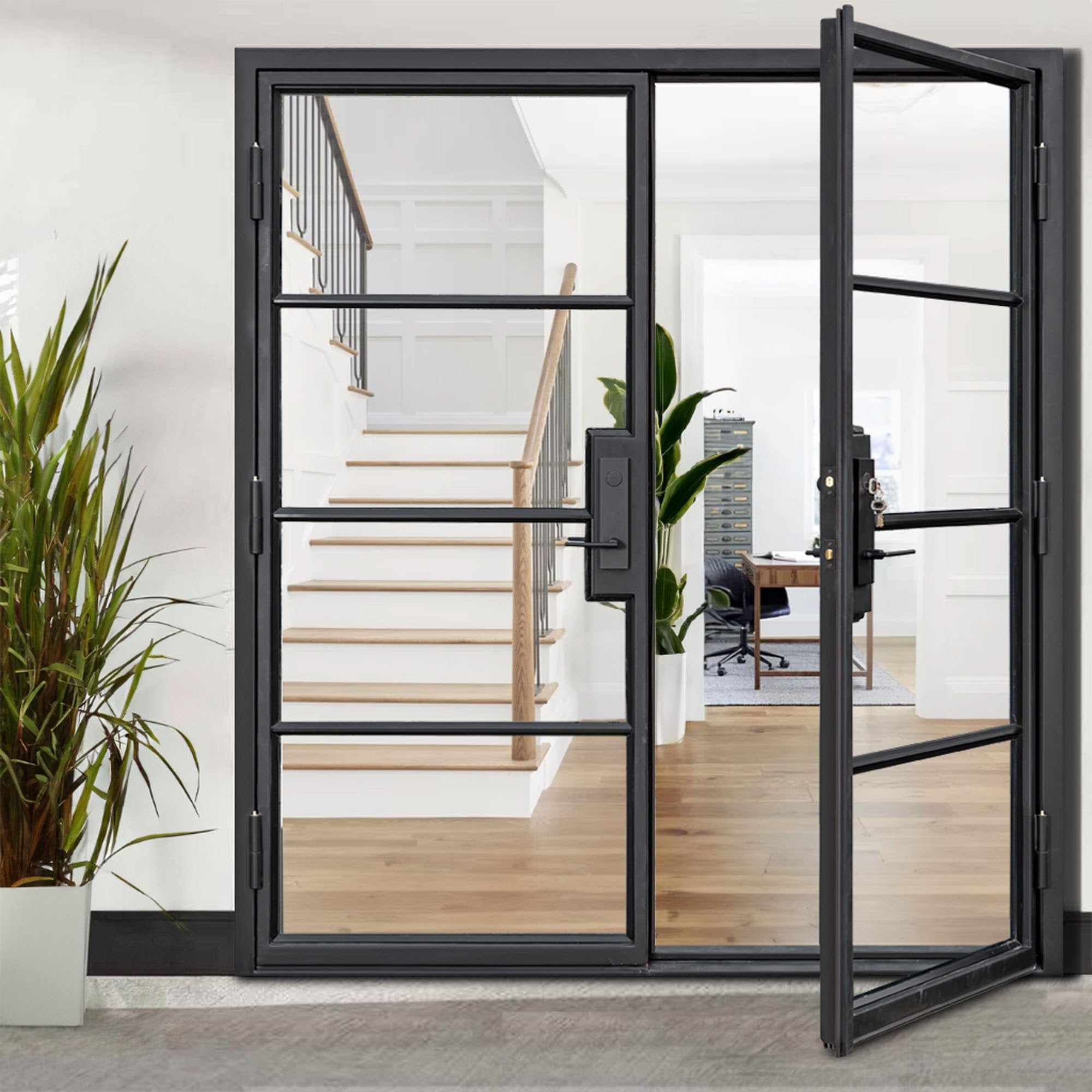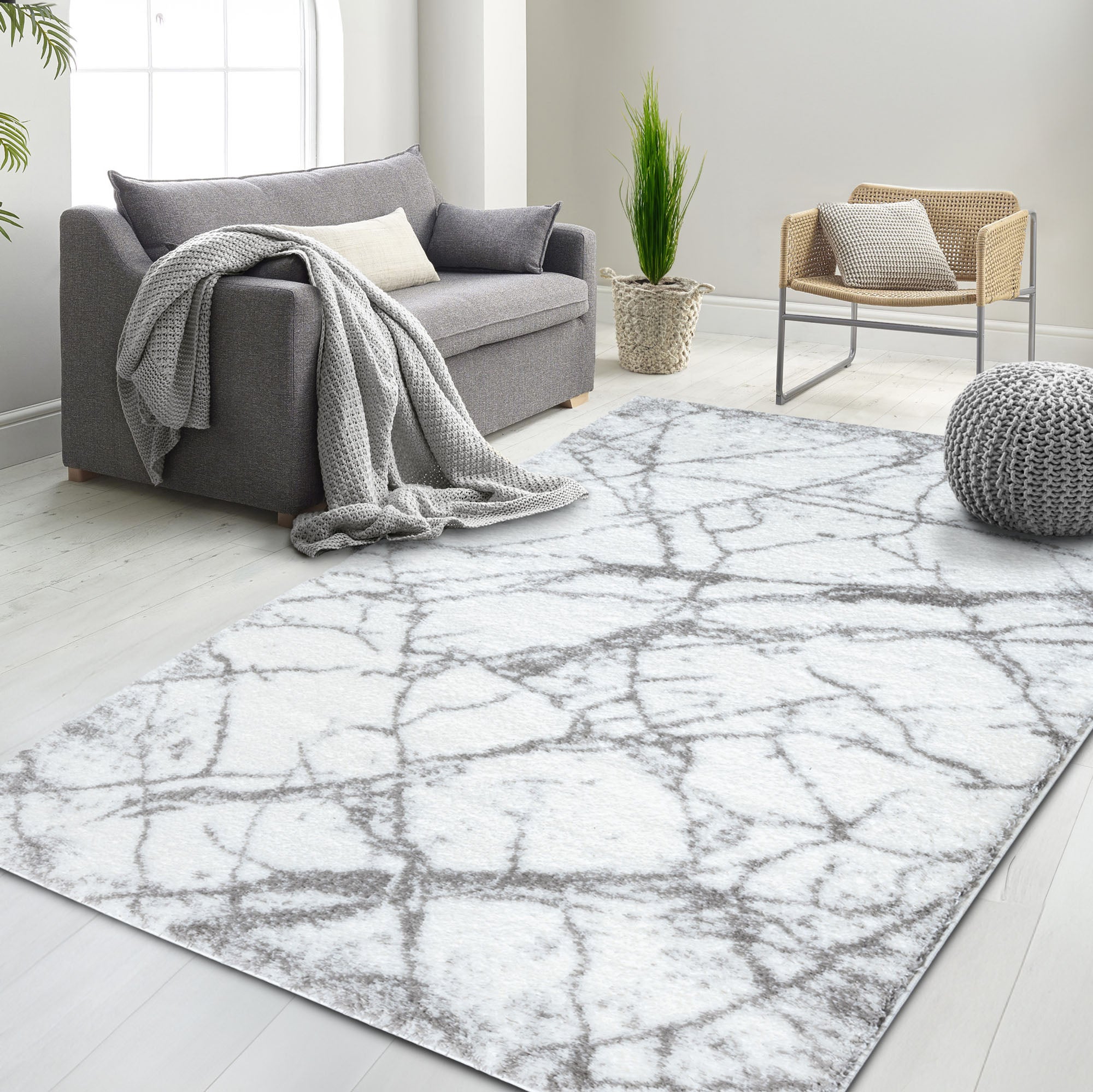
Educational Rugs for Kids: Creating a Fun Learning Environment
Benefits of Educational Rugs
Enhancing Learning with Alphabet Rug
Educational rugs, like an Alphabet Rug, can significantly enhance learning by incorporating letters into playtime. They decrease the impact of slips and falls and lessen the chance of injury. Additionally, these rugs are durable and made to last for years, making them a worthwhile investment. For a comprehensive understanding of different rug materials, check out our rug material guide.

Stimulating Imagination with Solar System Designs
Solar System designs on rugs can spark curiosity and stimulate a child's imagination, making learning about space fun and engaging. These rugs also help provide fun and engaging playtime while offering a visual treat with vibrant colors. Discover the benefits of wool rugs and how they can be a perfect addition to high-traffic areas in your home by reading about high-traffic areas.

Encouraging Movement with Playmat Designs
Playmat designs are perfect for interactive play, capturing attention with various textures and games. Rugs made from natural fibers such as wool or cotton are typically softer and more comfortable for kids to play on, providing both comfort and safety.

Providing Comfort and Safety with Crawling Mat
A Crawling Mat is essential for babies, offering a safe surface that cushions falls. These mats are made with non-toxic materials, ensuring they meet safety standards and are safe for kids.
Types of Educational Rugs
Playmat for Interactive Play
Playmats are designed to engage children in interactive activities, featuring flaps, pockets, and textures that encourage exploration and imaginative play. Explore our ABC blocks rugs and learn about the beauty and tradition of southwestern rugs.
Comfortable Crawling Mat for Babies
Crawling Mats are specifically designed for infants, offering a soft and cushioned surface that protects them during their early stages of movement.
Versatile Area Rugs for Different Spaces
Area Rugs come in various sizes, from small playmat sizes to large room sizes, making them adaptable for different spaces like playrooms and classrooms.
Engaging Alphabet Rug for Learning Letters
Alphabet Rugs incorporate letters into their design, making it easy for children to learn their ABCs during playtime.
Creative Solar System Rugs for Space Exploration
Solar System rugs are perfect for young astronomers, providing a visual representation of the planets and stimulating their interest in space.
Durable Play Rug for Active Play
A Play Rug is ideal for active playrooms, designed to withstand heavy use while providing a safe and engaging play surface.
Features to Look for in Educational Rugs
Soft and Safe Floor Options
Look for rugs with a soft texture and non-slip backing to ensure safety and comfort. Rugs can help improve air quality by trapping dust and allergens, which is particularly beneficial in classrooms.
Easy-to-Clean Materials
Choose rugs with wipeable surfaces or that are machine washable for easy maintenance.
Non-Slip Backing for Safety
Safety is paramount, so opt for rugs with non-slip backing to prevent accidents.
Vibrant and Engaging Designs
Select rugs with colorful and visually appealing designs that capture children's attention and encourage learning.
Appropriate Sizes for Different Areas
Consider the size of the rug based on the area it will cover. For example, classroom rugs come in sizes like 8x10 or 9x12 to accommodate different numbers of children.
Best Places to Use Educational Rugs
Baby Playroom Essentials
In a baby playroom, small rugs can be used at the foot of a bed or as a runner between two beds. A larger rug can cover the area between the beds or stretch into the common area. For new parents, our nursery rug guide provides valuable insights.
Functional Bedroom Rug for Learning and Play
A bedroom rug can serve as both a decorative and functional piece, offering a dedicated area for learning and play.
Play Rug for Living Room Play Areas
A Play Rug can transform a part of the living room into a fun and educational play area for children.
Area Rugs for Classrooms and Daycares
Classroom rugs are essential in educational settings, providing a designated area for group activities and learning. Additionally, don't forget the rug pad benefits to ensure your rugs stay in place and last longer.
How to Choose the Right Educational Rug
Considering Age and Developmental Stage
Select rugs that are age-appropriate and match the developmental stage of the child, ensuring they meet the learning objectives.
Matching Rugs with Room Themes
Choose rugs that complement the theme of the room, whether it's a solar system theme or an alphabet theme.
Budget-Friendly Options
Look for rugs that are under $200 and on sale to find budget-friendly options without compromising on quality.
High-Quality Materials for Longevity
Opt for rugs made from durable materials like nylon or polypropylene that resist tears, spills, and fading.
Maintenance Tips for Educational Rugs
Keeping Your Alphabet Rug Clean
Regularly vacuum your Alphabet Rug and spot clean as needed to maintain its appearance. For more detailed instructions, read our guide on cleaning polyester rugs and rug maintenance tips.
Preserving the Quality of Solar System Rugs
For Solar System rugs, ensure they are easy care by choosing machine-washable options.
Regular Cleaning and Vacuuming
Consistent cleaning routines help maintain the rug's quality and longevity.
Spot Cleaning Techniques
Use gentle cleaners and techniques to address spills and stains promptly.
Storing Rugs Properly When Not in Use
Store rugs in a dry and cool place to prevent damage when they are not in use.
Educational rugs are a valuable addition to any child's learning environment, offering both educational benefits and comfort. They are available in various designs to suit different learning needs and preferences. Investing in an educational rug can create a fun and engaging space for children to learn and play. For a more eco-friendly option, refer to our eco-friendly rugs guide for tips on choosing sustainable rugs.
Frequently Asked Questions:
How do classroom rugs benefit students?- They decrease the impact of slips and falls and lessen the chance of injury. Rugs are also durable and made to last for years. Background noises from inside and outside of the classroom, such as conversation, moving desks, and chairs can affect the learning process of kids.
- Rugs made from natural fibers such as wool or cotton are typically softer and more comfortable for kids to play on. These materials provide support and cushioning.
- Look for latex, polypropylene, or rubber.
- Rugs can help improve air quality by trapping dust and allergens, which can be particularly beneficial in a classroom.
- Synthetic fiber materials like nylon are known for their color options and ease of cleaning. Nylon rugs are resistant to wear and abrasion in high-traffic areas.
- A piece of thick heavy fabric usually with a nap or pile used as a floor covering.
- You should allow at least 24 inches of space per kid. This space helps kids wiggle without disturbing their neighbors.
- Use a felt rug pad, waffle-style rug pad, corner rug grippers, rug tape, silicone caulk, or hook-and-loop fasteners.
- To seat 6-8, an 8x10 or 9x13 size is recommended for the best pattern visibility and seating area.
- A small rug can be used at the foot of a bed or as a runner between two beds. A larger rug can cover the area between the beds or stretch into the common area.
- Rugs provide thermal resistance, making classrooms feel warmer, and can also improve air quality by trapping dust and allergens.
- A 6' x 8' carpet seats up to 12 kids, 8' x 9' seats up to 20 kids, and 9' x 12' seats up to 30 kids.
- Jute rugs are robust and eco-friendly but can be challenging to clean and are not the softest option for kids.
- The design should be age-appropriate and align with the learning objectives, and consider the rug's educational purpose.
- Wool rugs are the best option for kids who suffer from allergies or asthma.
